-webp.webp)
A Historical Moment: Grand Egyptian Museum Opening and What to Expect
The Grand Egyptian Museum opening is a significant event in the world of archaeology and tourism. Egypt is opening its doors to the world to display its ancient wonders in a modern setting. After years of anticipation, the GEM can finally unveil its awe-inspiring collection of artifacts, many of which have never been displayed before. Located near the Great Pyramids of Giza, this state-of-the-art museum is set to become the world’s premier destination for culture and history enthusiasts. Whether you are visiting Egypt for the first time or returning to explore its rich history further, the Grand Egyptian Museum offers an unmatched experience. Join us for a look at what you can expect from this historic additional attraction, and why it should be at the top of your travel list.
History Behind the GEM
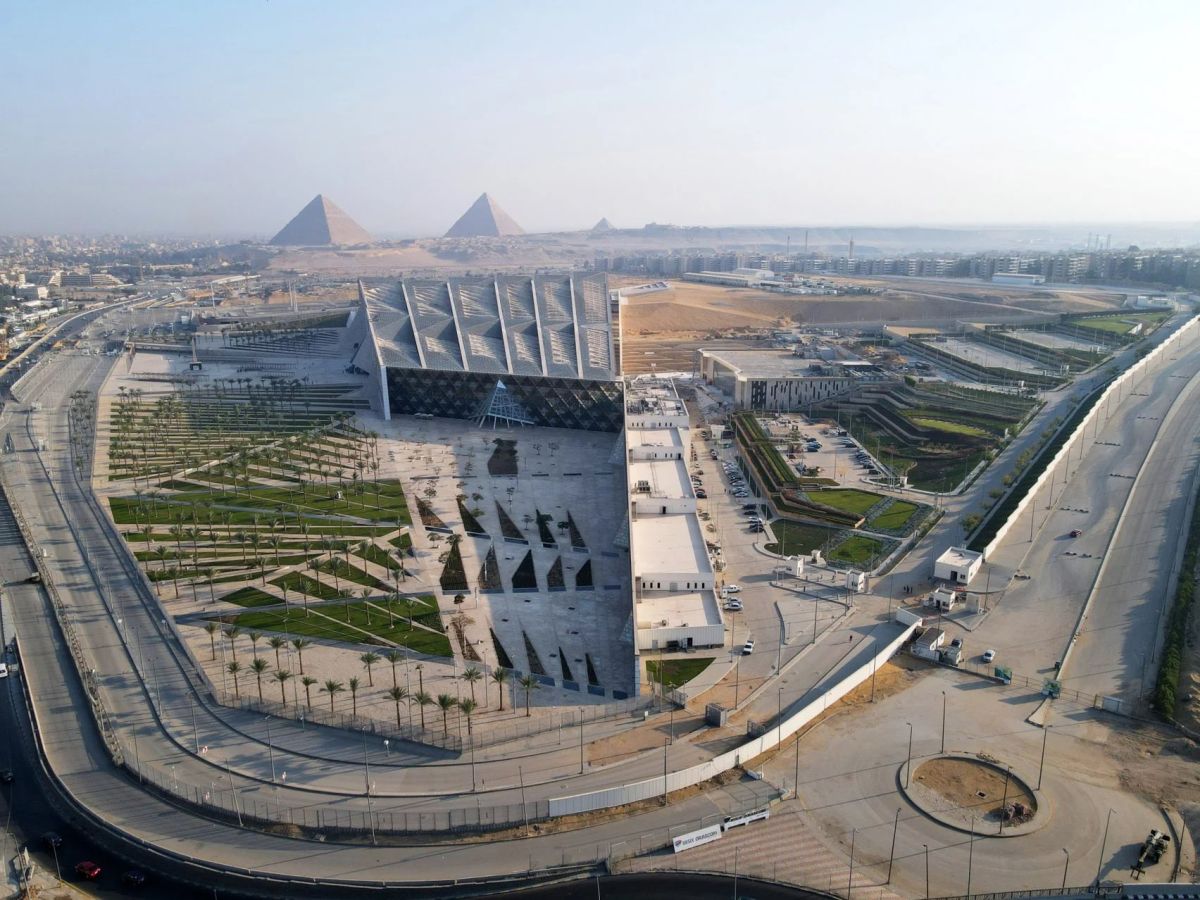
The Grand Egyptian Museum is a brainchild conceived to showcase the magnanimity of Egypt’s heritage, put together in a modern world-class facility. Creating a new facility for the country’s broad collections cropped up in the late 20th century because of increasing space and better preservation methods. The GEM housed an incomparable collection of ancient Egyptian artifacts, spanning over 5,000 years of history, near the Great Pyramids of Giza.
The museum sits on the west bank of the Nile, near the Giza Plateau. It offers visitors the unique opportunity to see both the pyramids and the GEM on a single visit. Besides displaying ancient Egyptian art and relics, the museum is very important in the preservation and documentation of the history of Egypt. GEM allowed applying the most sophisticated forms of conservation on these inestimable treasures.
Facts about the GEM
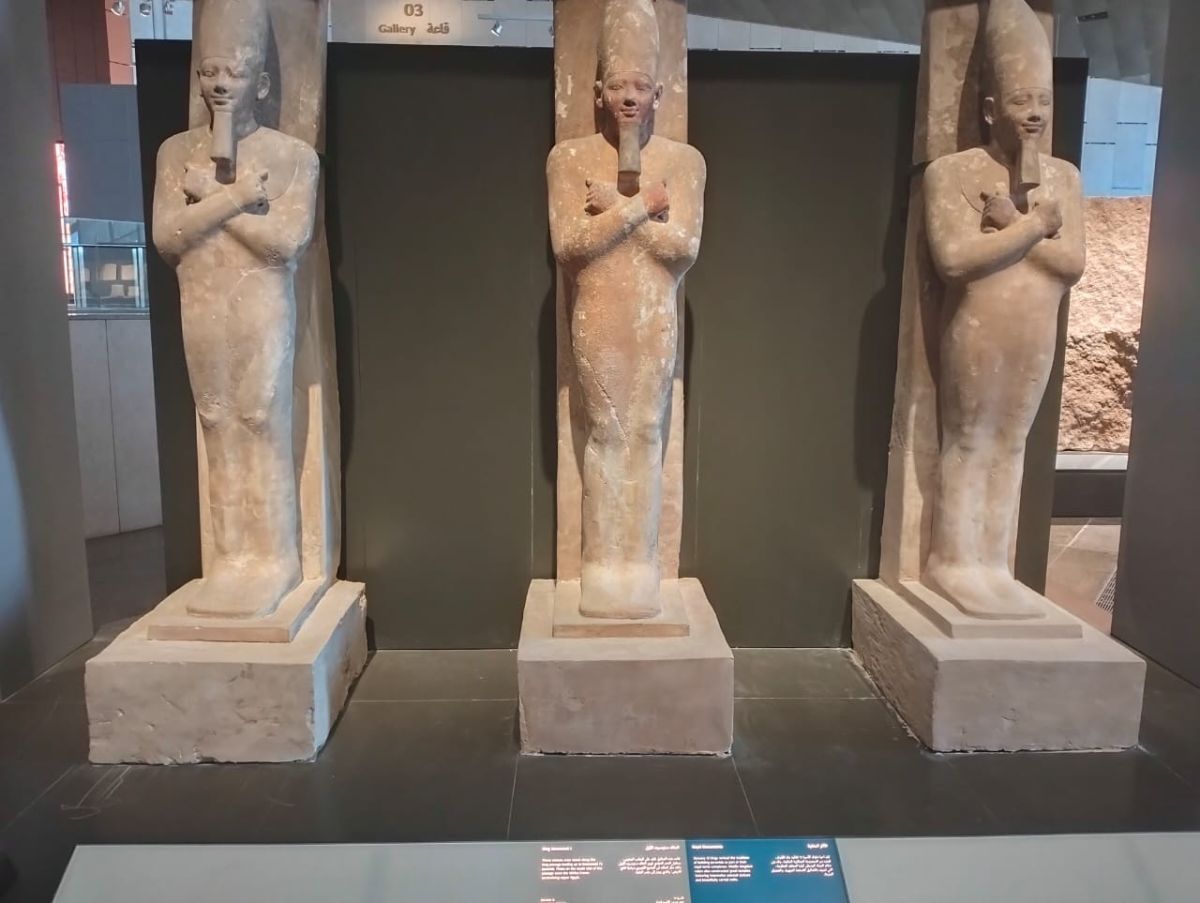
The GEM is not just another museum; it is an architectural wonder that is home to over 100,000 artifacts and thus is the largest single civilization museum in the world. Following are some amazing facts about the Grand Egyptian Museum:
- Size: The GEM is to be built on an area of over 480,000 square meters, making it the largest compared to all others. It is a true testament to Egypt’s commitment to preserving its cultural legacy.
- Treasures of King Tut: Among the highlights of the GEM is the most complete display of King Tutankhamun’s treasures, kept in different locations.
- Modern Features: The museum includes the latest technology as interactive exhibits, augmented reality experiences, and multimedia presentations that will help visitors engage with the collection in ways they never have before.
Grand Egyptian Museum's Location and Design

The GEM is in Giza, very close to the famous Great Pyramids. Its design is modern, inspired by ancient ideas but using state-of-the-art technology, which makes it an ideal environment for such an important collection. The famous architectural firm Heneghan Peng designed it, and its sleek, minimalist structure provides a stunning contrast to the ancient relics inside. The museum’s design guides visitors through different historical periods, resulting in a smooth and engaging experience.
The building itself is an architectural marvel: immense glass windows and the geometrical structure let in natural light to illuminate exhibits. The design of the museum ensures the best possible views of the Pyramids, enabling one to take in the experience that combines the old with the new.
The Grand Egyptian Museum News
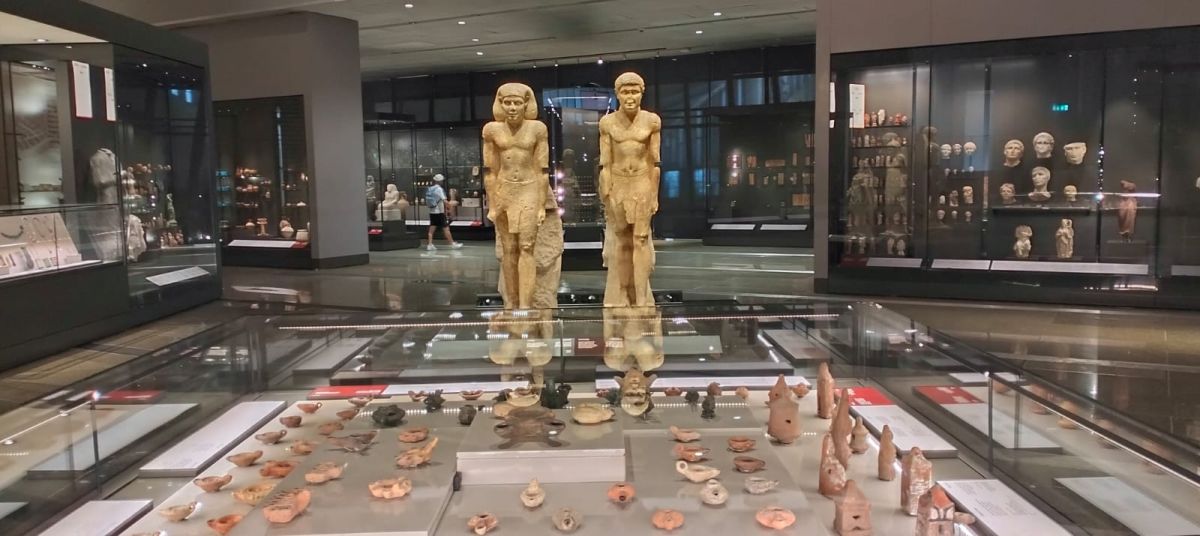
The GEM has been under construction for more than a decade, with various setbacks along the way. All the same, the long wait is over since the facility has opened for trial runs, ushering in a new era for tourism and the cultural heritage of Egypt.
Grand Egyptian Museum Opens for Trial Run
In 2023, GEM opened its first trial run, showing the visitors a sneak peek into something likely to become a global attraction. It was a soft opening for the museum to refine its operation, test the facilities, and collect feedback from early visitors. They were starting a soft Grand Egyptian Museum opening, with a full opening planned for 2024.
During this period, the museum also showcased several major exhibits, including the King Tutankhamun Gallery and the Royal Mummy Room. The museum offered visitors a first glimpse of some of its most treasured pieces, with the promise of even more exhibitions to come once the museum opens.
The Opening Hours for GEM
The Grand Egyptian Museum will be open seven days a week to welcome the rest of the world to its view. Although the hours are subject to change, the museum is going to extend the hours to accommodate tourist seasons. For the latest information on operating hours, during holidays, or special events, it’s best to check the official website or contact Respect Egypt Tours.
A First-Time Guide to the Grand Egyptian Museum
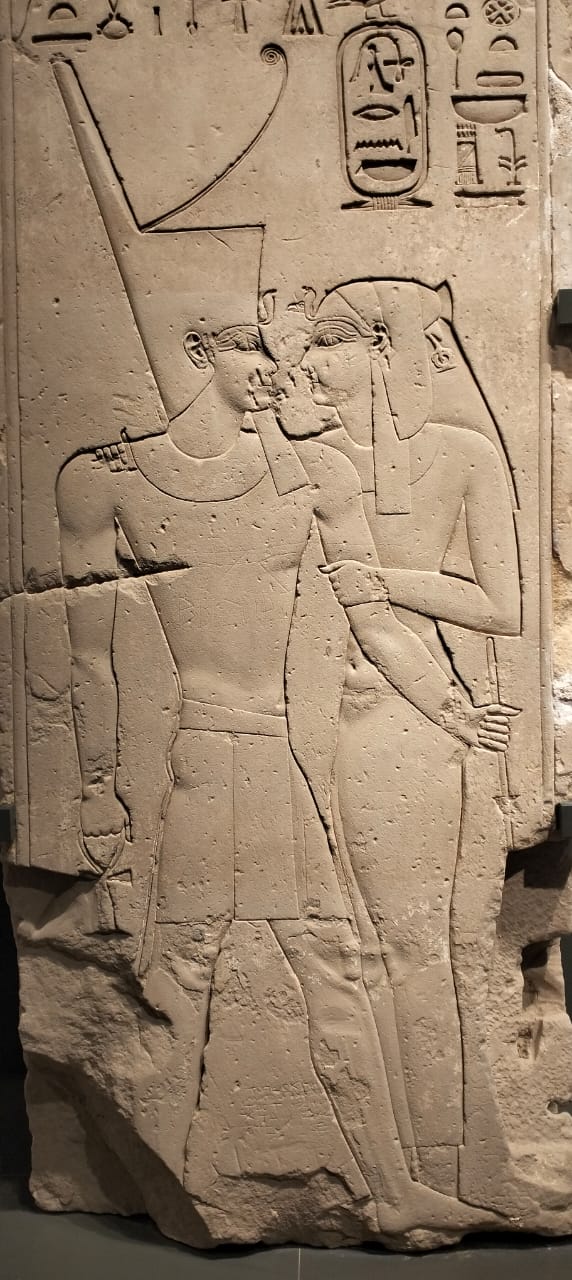
If this is your first time visiting the Grand Egyptian Museum, you’re in for a treat. The museum caters to many visitors, whether you’re a casual tourist, a history buff, or study archaeology. Here are a few things to keep in mind:
- Ticketing: You can book your tickets in advance online or by entering the museum. For a smooth experience, booking your tickets through Respect Egypt Tours guarantees a seamless journey.
- Guided Tours: While the museum is user-friendly and features informative plaques, a guided tour can enhance your experience. A guide from Respect Egypt Tours will offer fascinating insights into the artifacts and the history behind them.
- Time Needed: You can plan to spend at least 3 to 4 hours at the museum, depending on how interested you are in ancient Egyptian history. Those wanting to see everything in it will require a full day.
What Will You See Inside the Grand Egyptian Museum?
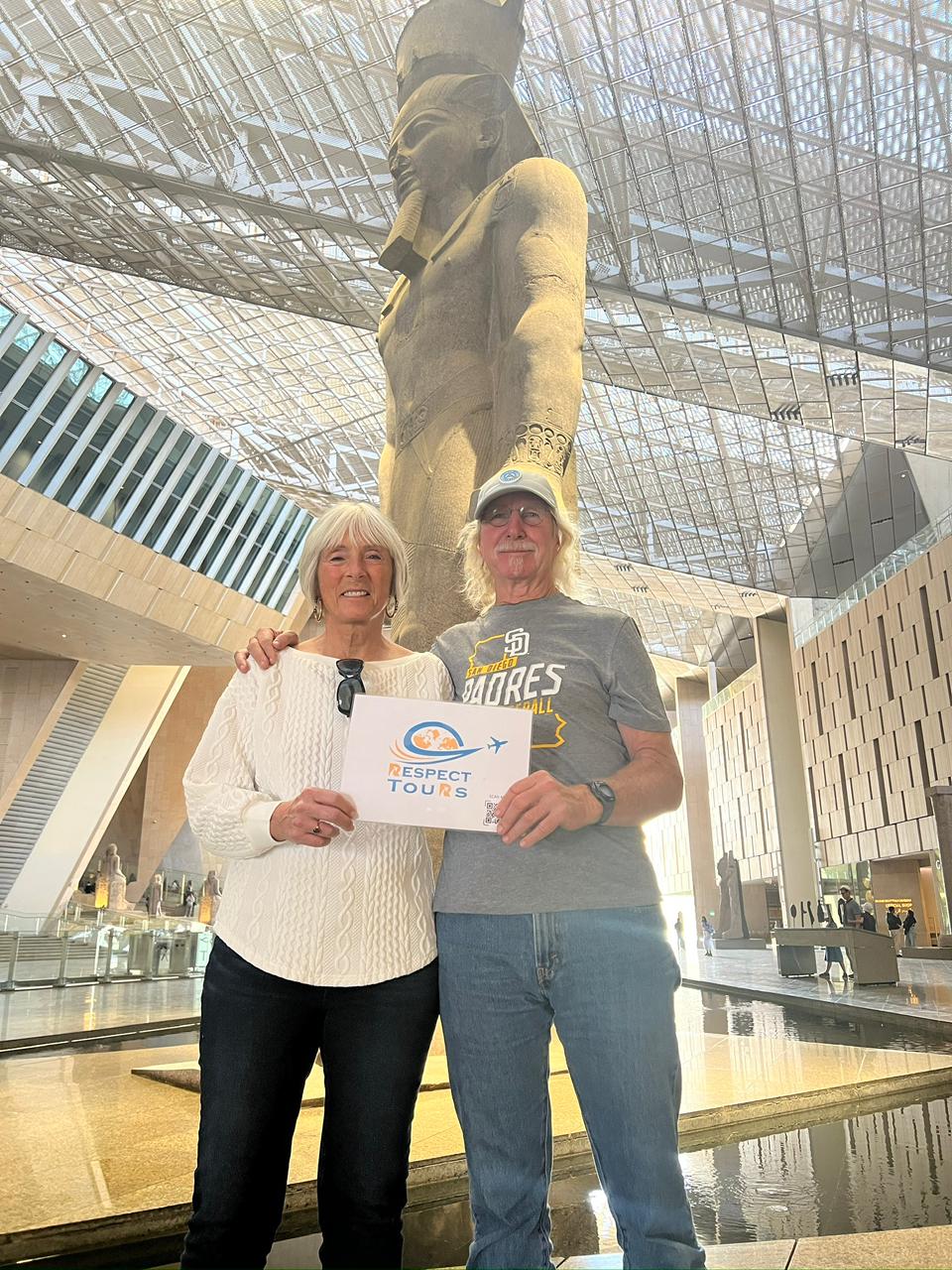
Inside the Grand Egyptian Museum, the past comes alive with breathtaking detail. The period of Egyptian will be divided into sections of the museum history-from the early dynastic to the magnificent rule of the New Kingdom. You will stroll through the ages as you go around the exhibits.
- King Tutankhamun’s Collection: The centerpiece of the GEM is the incredible collection of treasures that belonged to King Tut. His tomb, discovered in 1922, held thousands of priceless treasures: golden masks, chariots, and jewelry. GEM allows the most comprehensive display ever made of these treasures.
- The Royal Mummy Room: This museum also houses a Royal Mummy Room where visitors can see the mummies of some of Egypt’s most famous pharaohs, such as Ramses II and Seti I. The preservations of these ancient bodies themselves stand as proof of the amazing burial techniques of Egypt.
- Solar Barge of Khufu: The second highlight is the outstanding wooden boat, the Solar Boat of Khufu, which was found near the Great Pyramid. Experts believe the boat was intended for the pharaoh’s journey to the afterlife, symbolizing the eternal nature of his reign.
Our Day Tours to GEM
If you plan to visit the GEM, why not make the most of your experience by booking a Pyramids and Grand Egyptian Museum Tour in Giza with Respect Egypt Tours? Our day tours entail a guided experience through both the Great Pyramids and the Grand Egyptian Museum, taking in some of the most iconic landmarks in Egypt.
Our expert guides will help you explore the vast collections of GEM and go through the history of the various artifacts. In addition, you will have skip-the-line access to both the Pyramids and the Museum; hence, you will have much time to assimilate yourself into the tour experience.
Significant Artifacts in the Grand Egyptian Museum
Within the GEM walls are some of the most important artifacts in all of Egypt’s history. These artifacts represent the culture, religion, and even the everyday life of ancient Egypt. The most famous part of the collection is King Tutankhamun’s treasures, including his golden mask. However, it also features artifacts from other pharaohs, such as statues, jewelry, and everyday items.
Collecting the museum covers several thousand years and allows visitors a unique opportunity to see artifacts that have never been shown before, some of which were discovered only.
The Exhibits: Showcasing Ancient Egypt
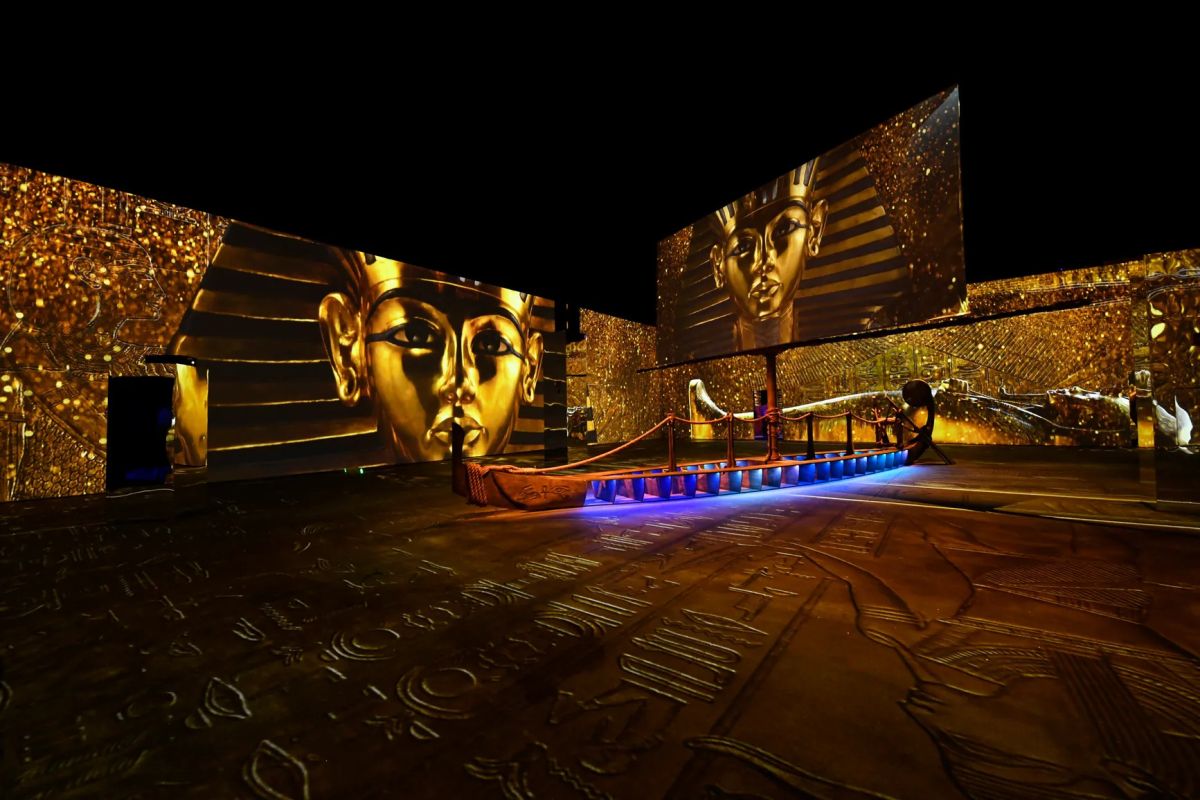
Ancient Egypt: Early Dynastic to the Old Kingdom
The first galleries of the museum opened to the dawn of Egyptian civilization. The artifacts here are from the Early Dynastic period, a time when Egypt’s first Pharaonic dynasties took shape. The most important pieces from this period include stone tools, early hieroglyphic inscriptions, and ceremonial objects used in royal tombs.
Middle Kingdom: Rise of the Middle Kingdom Artifacts
Moving forward in time, the Middle Kingdom galleries display the rise of Egypt’s artistic achievements, with crafted statues, pottery, and religious artifacts. These pieces illustrate Egypt’s growing political power and cultural sophistication.
New Kingdom: The Age of Pharaohs and Royal Splendor
The New Kingdom section is the most spectacular, full of treasures from Egypt’s golden age. It includes stunning statues, detailed wall reliefs, and imposing offerings made for the gods and the pharaohs.
Late Period and Greco-Roman Influence
The time represented is a later part of Egyptian history when the culture of that region came under foreign powers’ influence, that of the Greeks and the Romans. Here, visitors will view the blending of Egyptian and foreign artistic styles.
The King Tutankhamun Gallery
No visit to the GEM would be complete without seeing the King Tutankhamun gallery. The GEM displays the treasures from Tutankhamun’s tomb, including his iconic golden mask, jewelry, and royal chariots. The gallery provides an intimate look at the life and death of Egypt’s most famous pharaoh.
The Royal Mummy Room: A Fresh Look at Egypt’s Pharaohs
The Royal Mummy Room allows visitors to view mummies of some of the most famous Egyptian pharaohs. The Royal Mummy Room staff keeps the mummies in a controlled environment to preserve them. This section gives an insight into ancient Egyptian burial practices and rituals and the reverence paid to pharaohs in the afterlife.
The Solar Boat of Khufu: A Marvel of Ancient Craftsmanship
The Solar Boat of Khufu is a masterpiece of ancient Egyptian engineering that was found near the Great Pyramid; it was a boat for carrying the pharaoh on his journey to the afterlife and is one of the incredible artifacts in the museum.
The Golden Artifacts of Ancient Egypt
The museum also houses some of the most beautiful golden artifacts in the history of Egypt, including jewelry, statues, and amulets, many of which were found in the tombs of pharaohs and nobility.
The Egyptian Afterlife and Burial Practices
The afterlife was one of the most critical features in ancient Egyptian culture. GEM’s exhibits on burial practices explain prizing tombs, burial rituals, and the belief in an eternal afterlife. The visitors will learn about the process of mummification, tomb goods, and the journey to the afterlife.
Ancient Egyptian Writing and Hieroglyphs
Some of Egypt’s most recognizable legacies are hieroglyphs. The GEM shows visitors inscriptions and stelae in the detailed hieroglyphic script on the history, laws, and religion of Egypt.
Daily Life in Ancient Egypt
This section opens a window into the everyday life of ancient Egyptians: from cooking and weaving to agriculture and trade, these exhibits document the life and times of ancient Egyptians living and thriving in a complex society.
The Role of Egyptian Gods and Mythology in Culture
Ancient Egyptian culture was deeply connected to religion and mythology. The museum’s collection includes statues and artwork of the gods and goddesses that were central to Egyptian life.
The King Tutankhamun Collection
The King Tutankhamun collection warrants a section of its own, signifying the discovery. It offers a fascinating look at the wealth and splendor of the young pharaoh.
Interactive Exhibits for Children
The GEM also offers engaging, hands-on exhibits designed for younger visitors. These interactive displays let children learn about ancient Egyptian history through fun, educational activities like solving puzzles, drawing hieroglyphs, and playing ancient games.
Wheelchair Accessibility Features in the Museum
The museum is accessible to visitors with disabilities. Wheelchair ramps, elevators, and accessible restrooms are distributed throughout the museum to guarantee comfort for all guests.
Conclusion
Grand Egyptian Museum opening marks the dawn of a new era in Egypt’s cultural heritage. With its dramatic architecture, state-of-the-art technology, and exhibited contents, the GEM promises to be one of those lifetime experiences. For tourists on their first visit or veteran repeat visitors, the GEM should feature among the top items on your must-see agenda, about ancient Egypt.
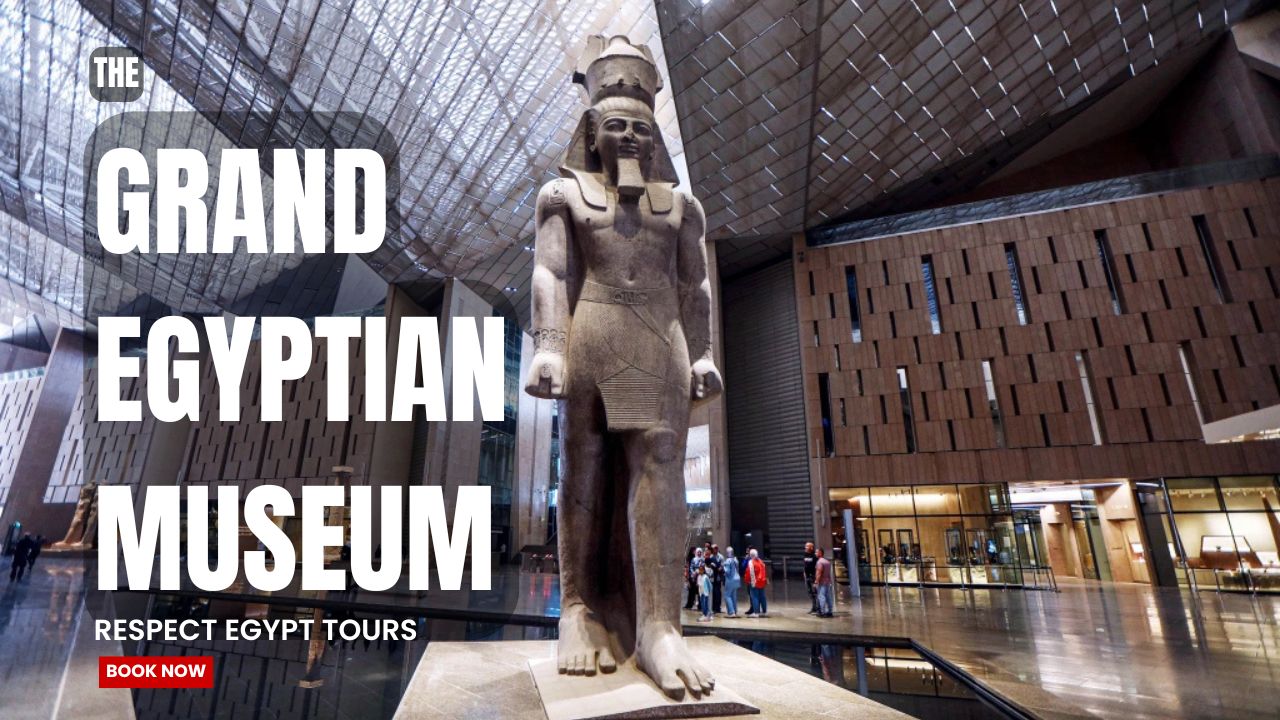




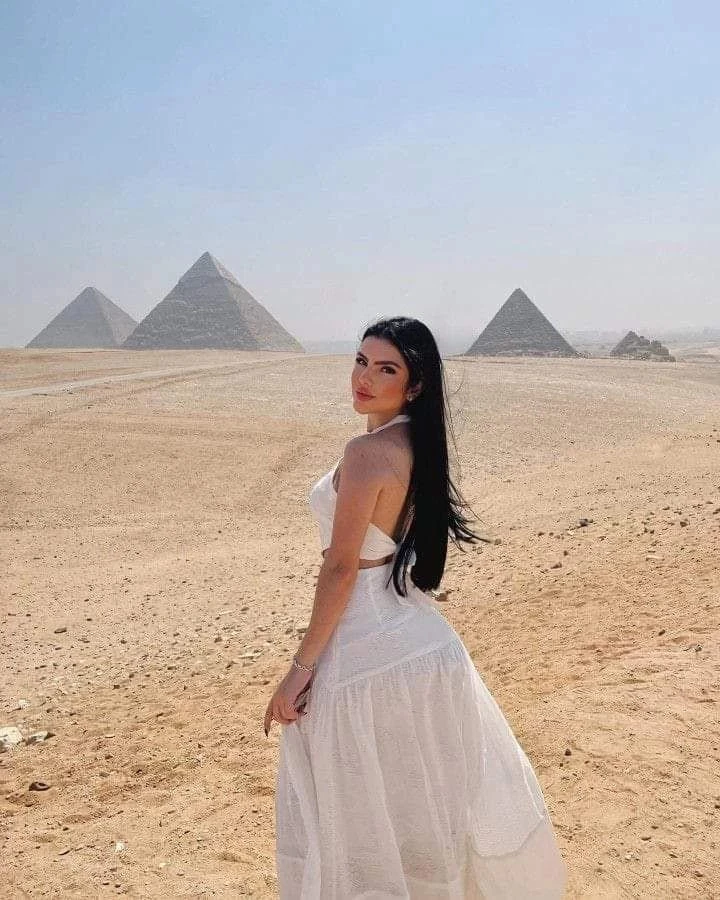

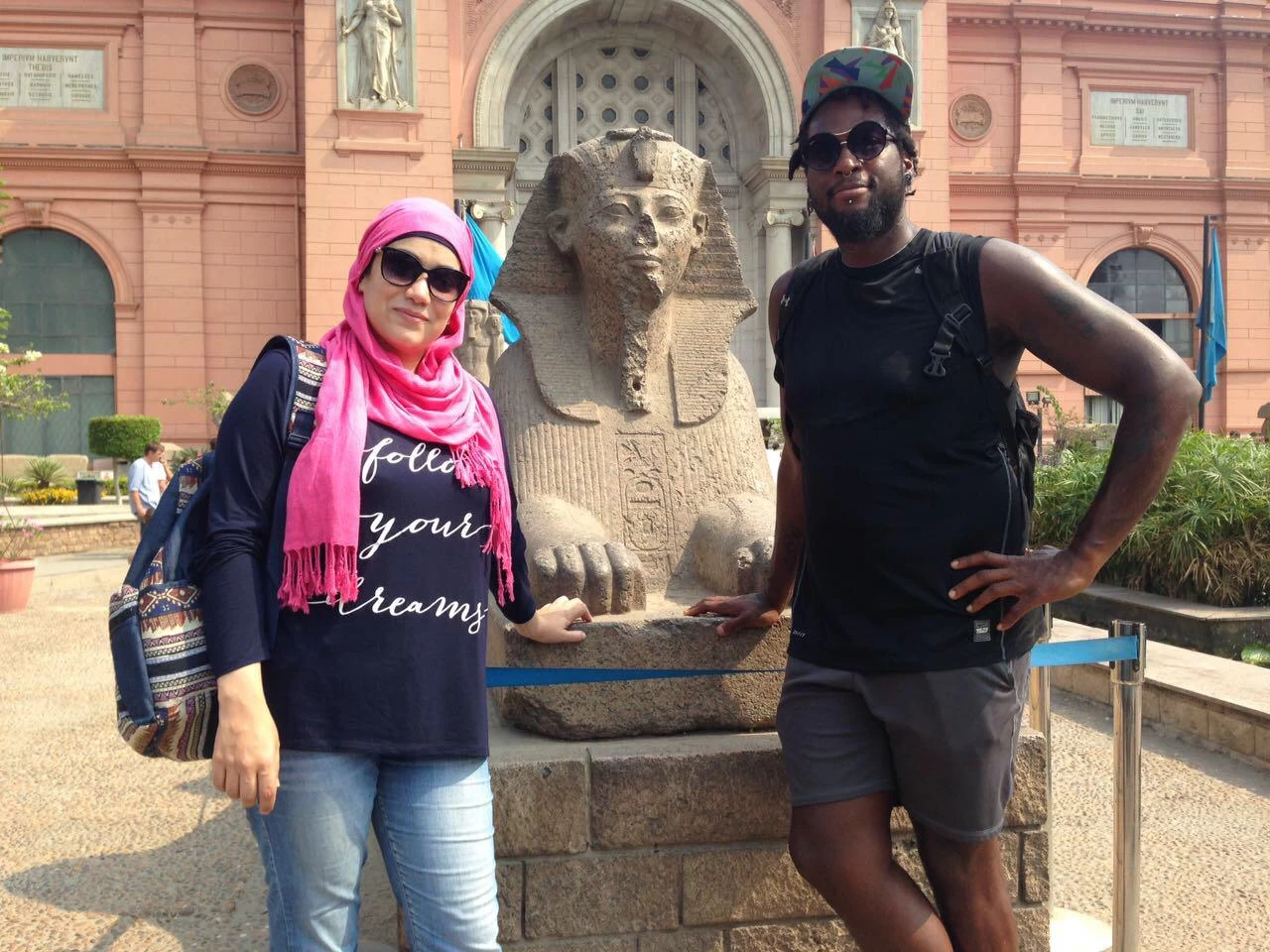
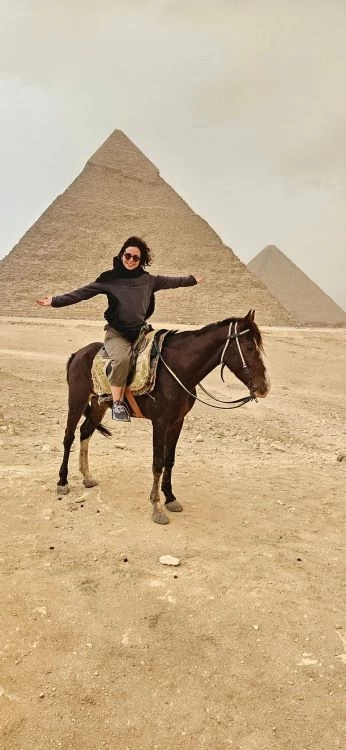
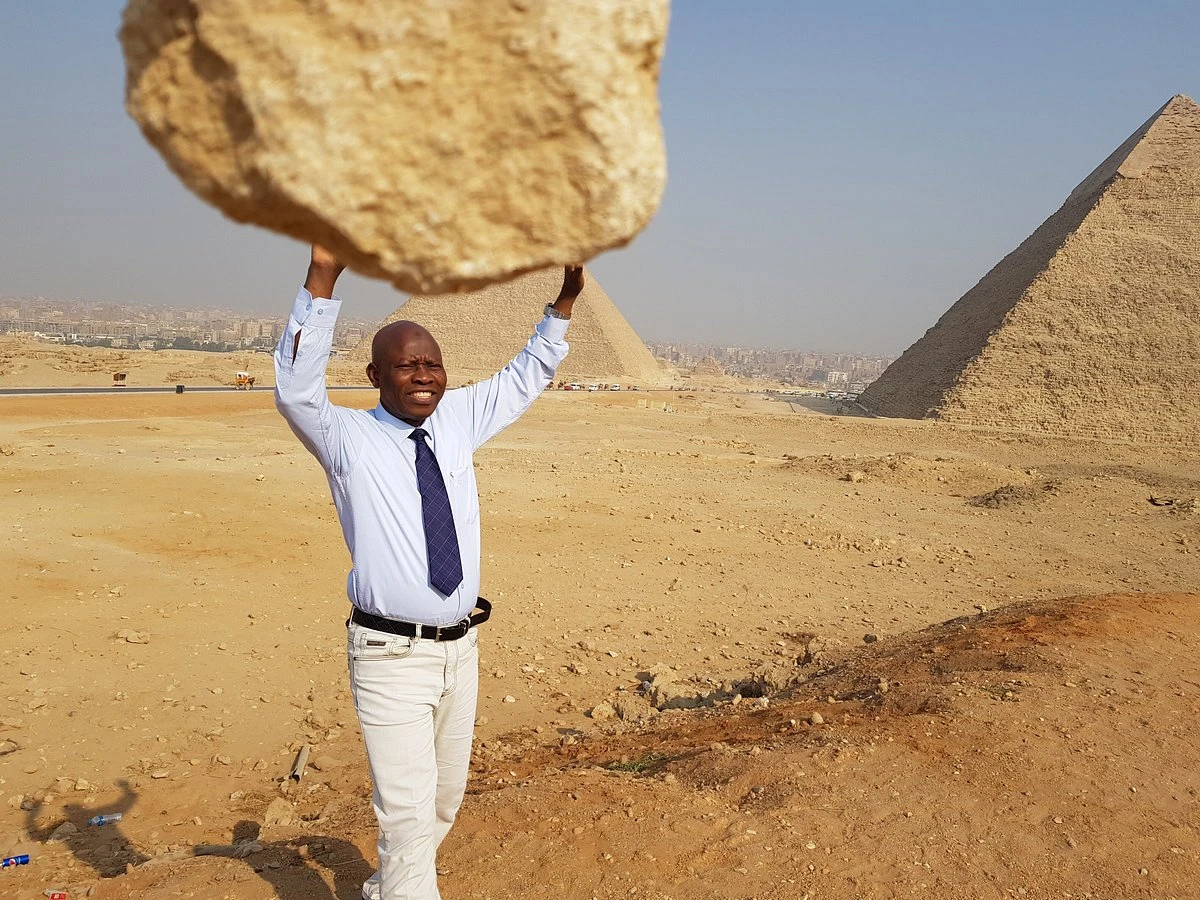
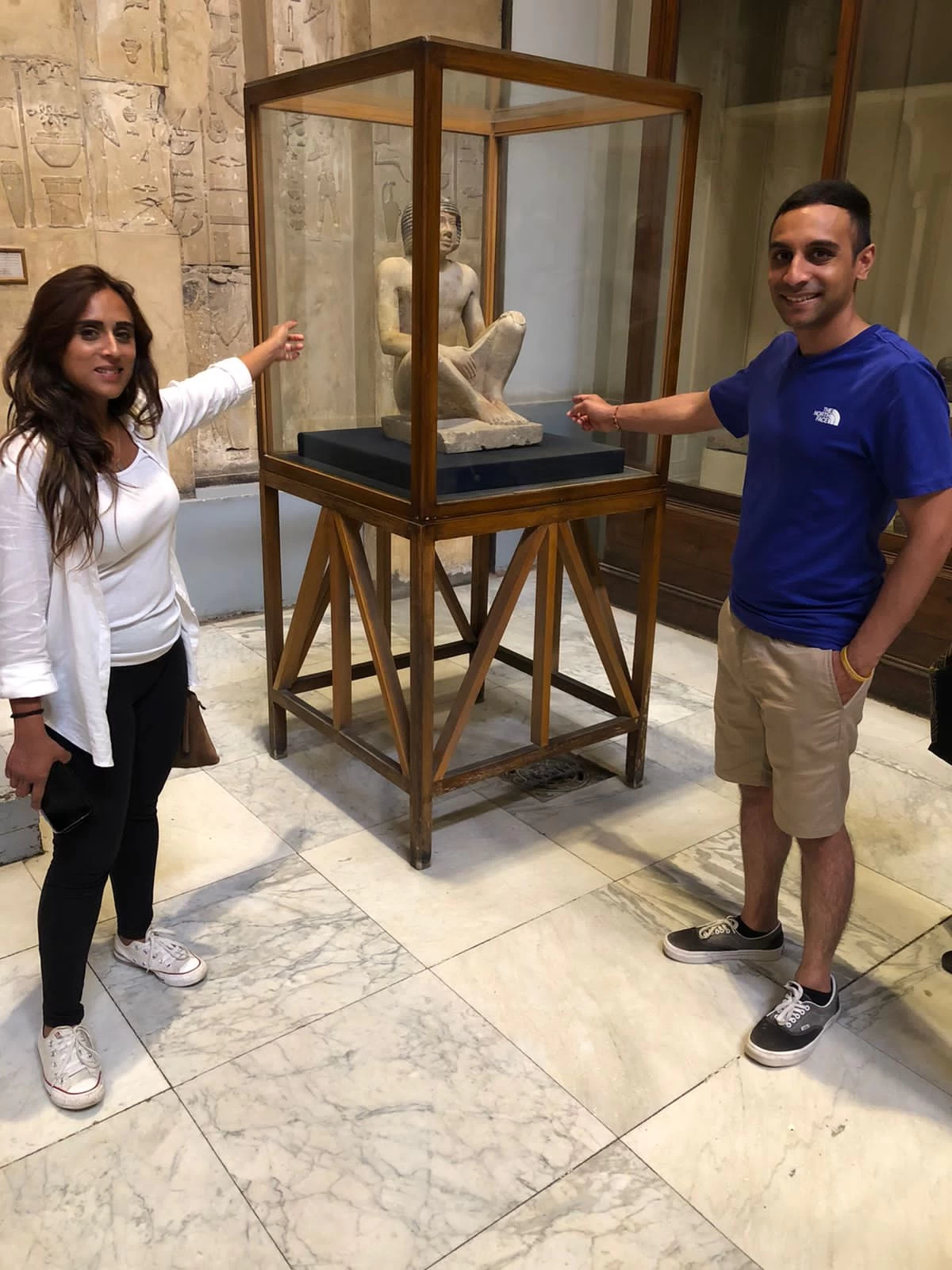

-webp.webp)
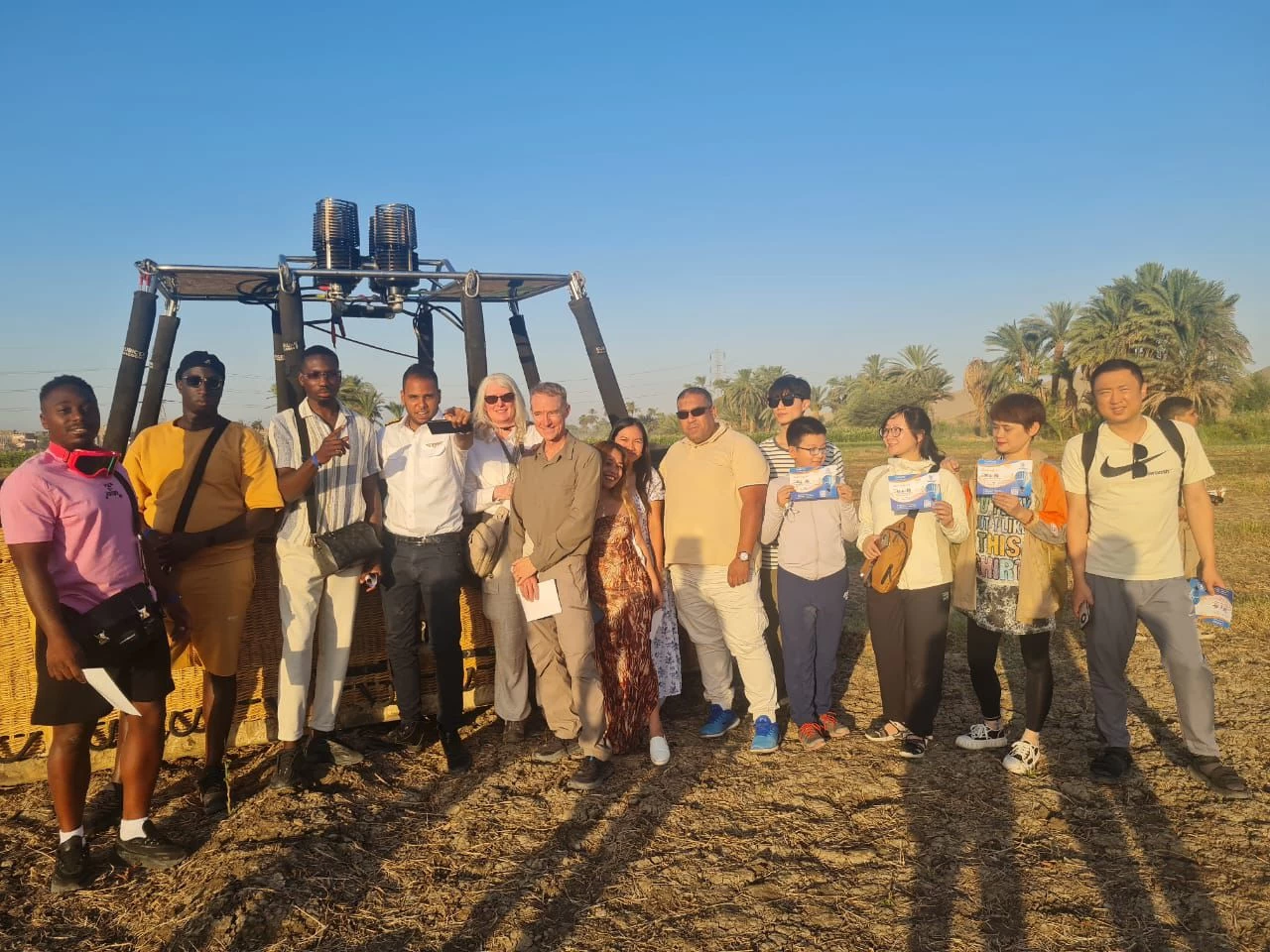
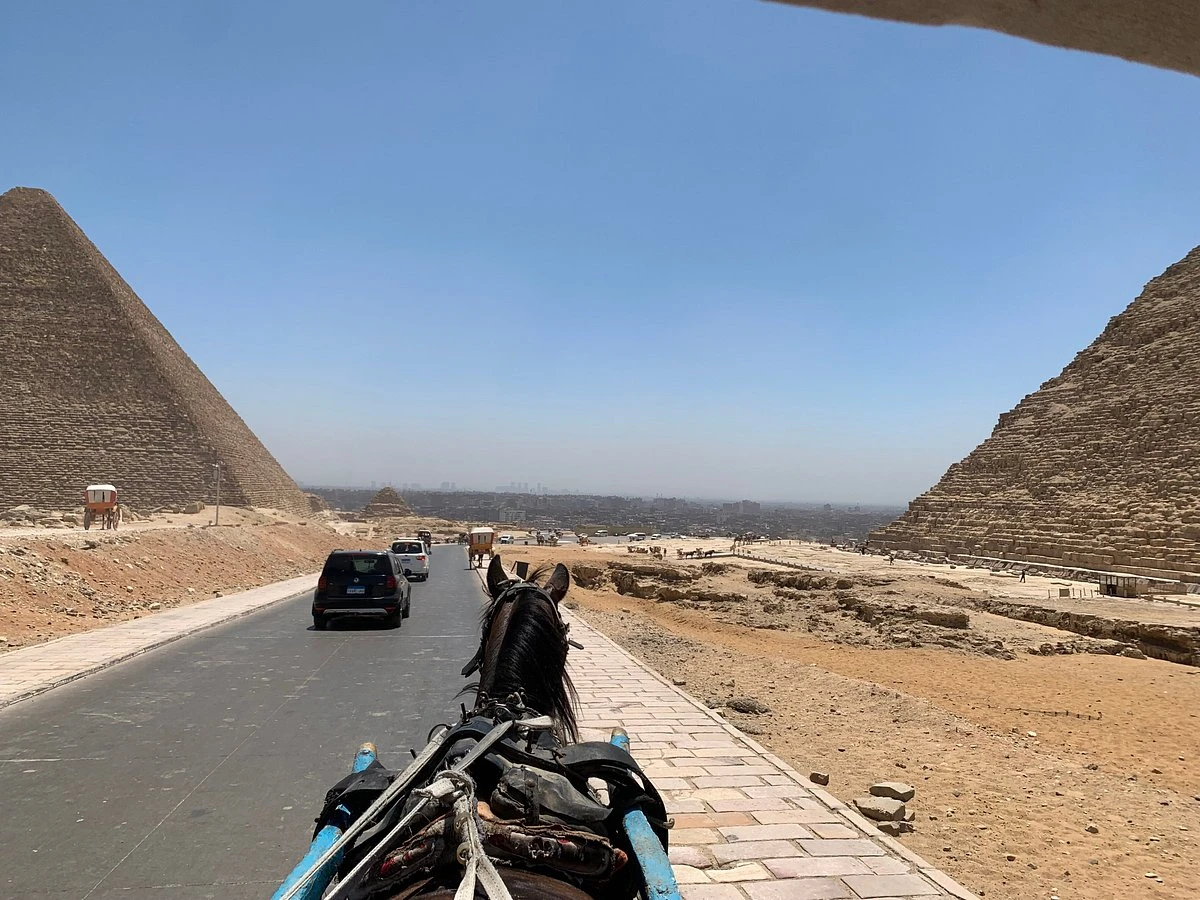
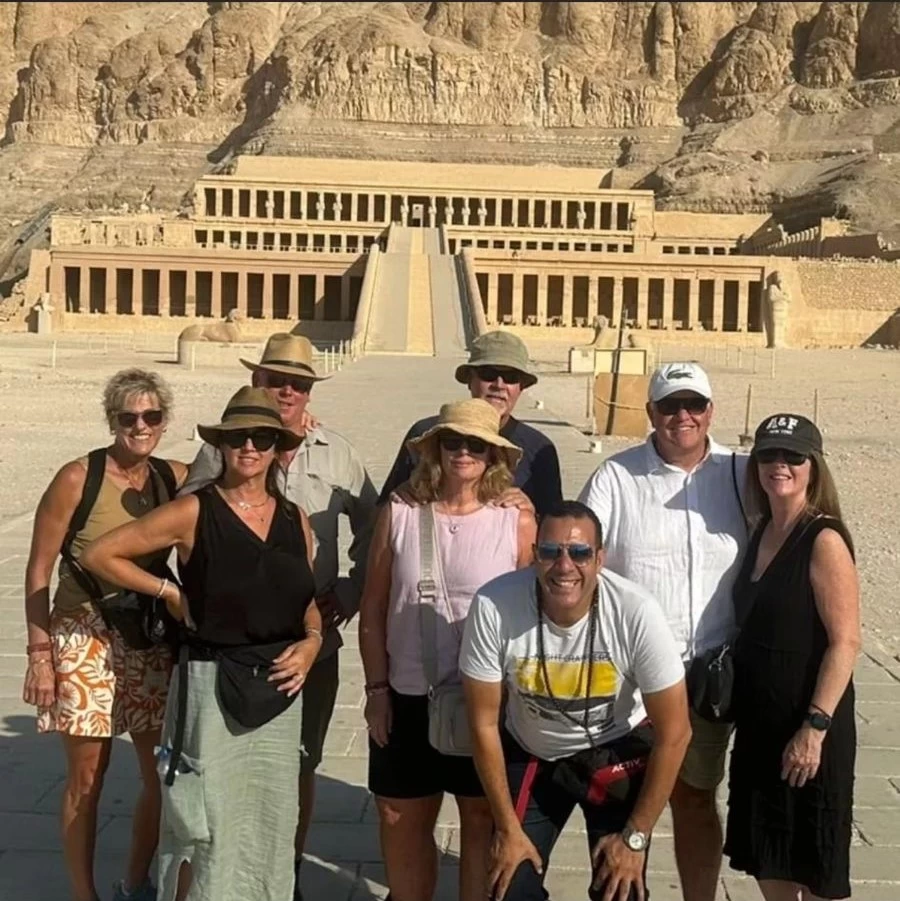
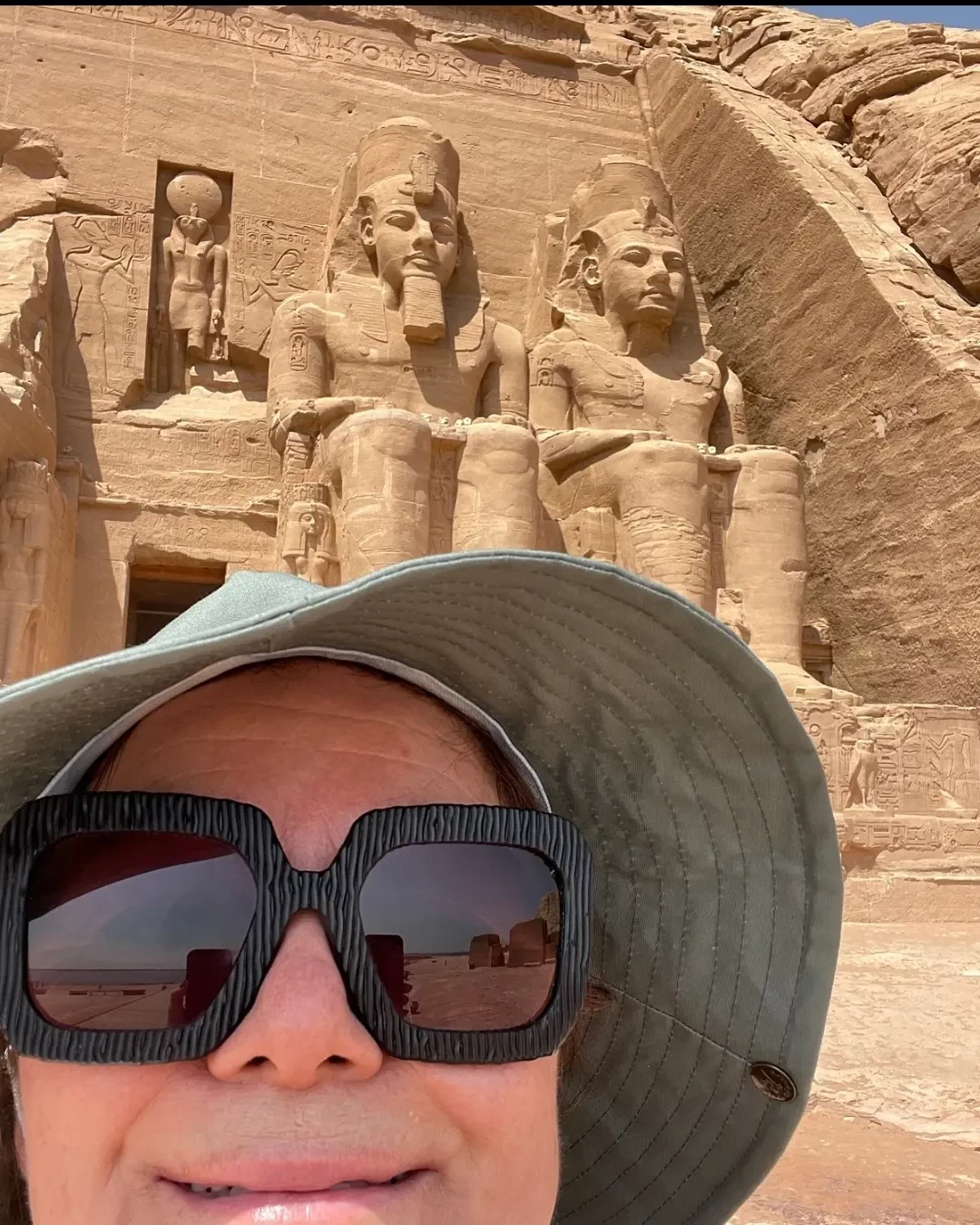
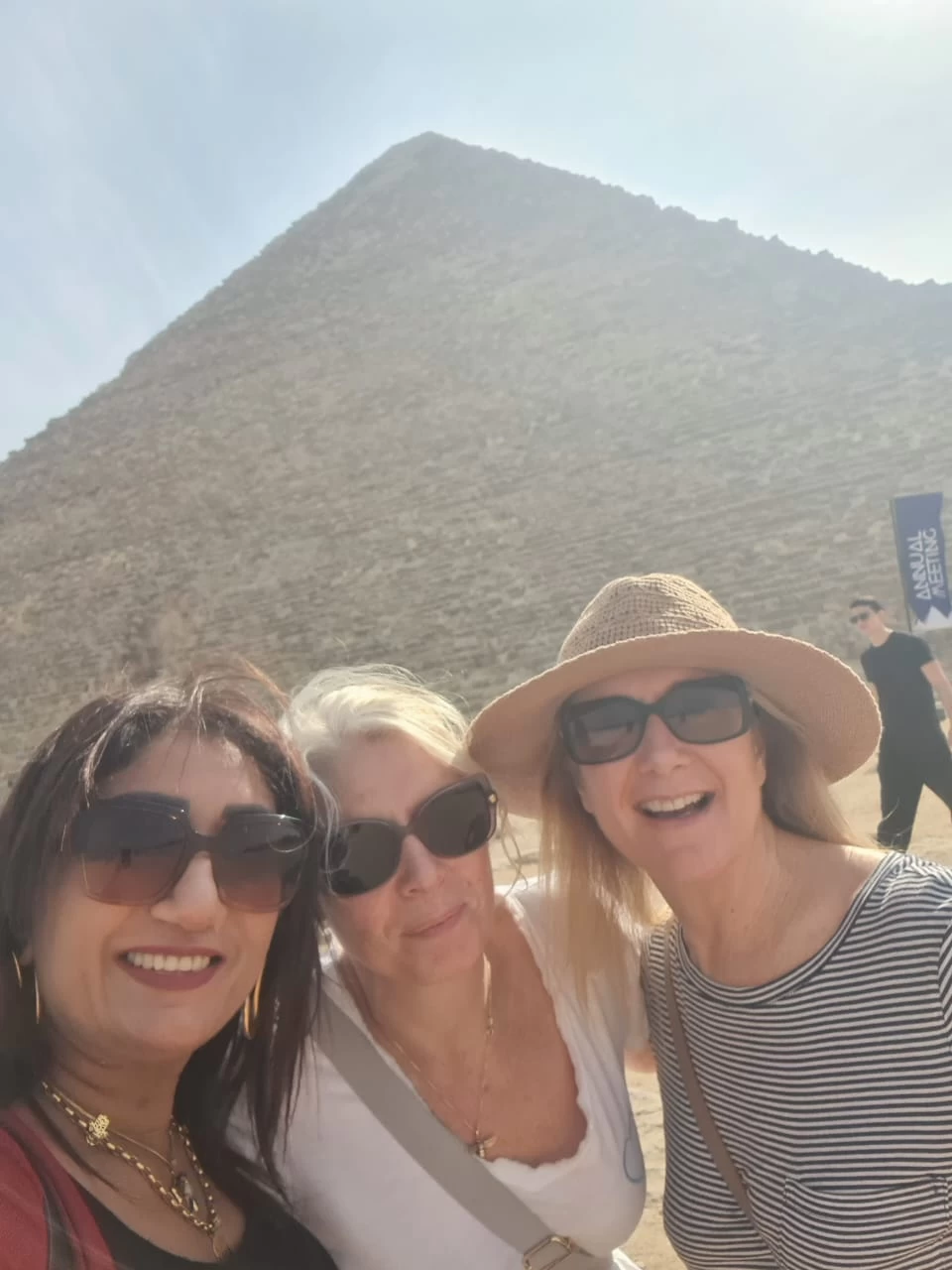
-webp.webp)

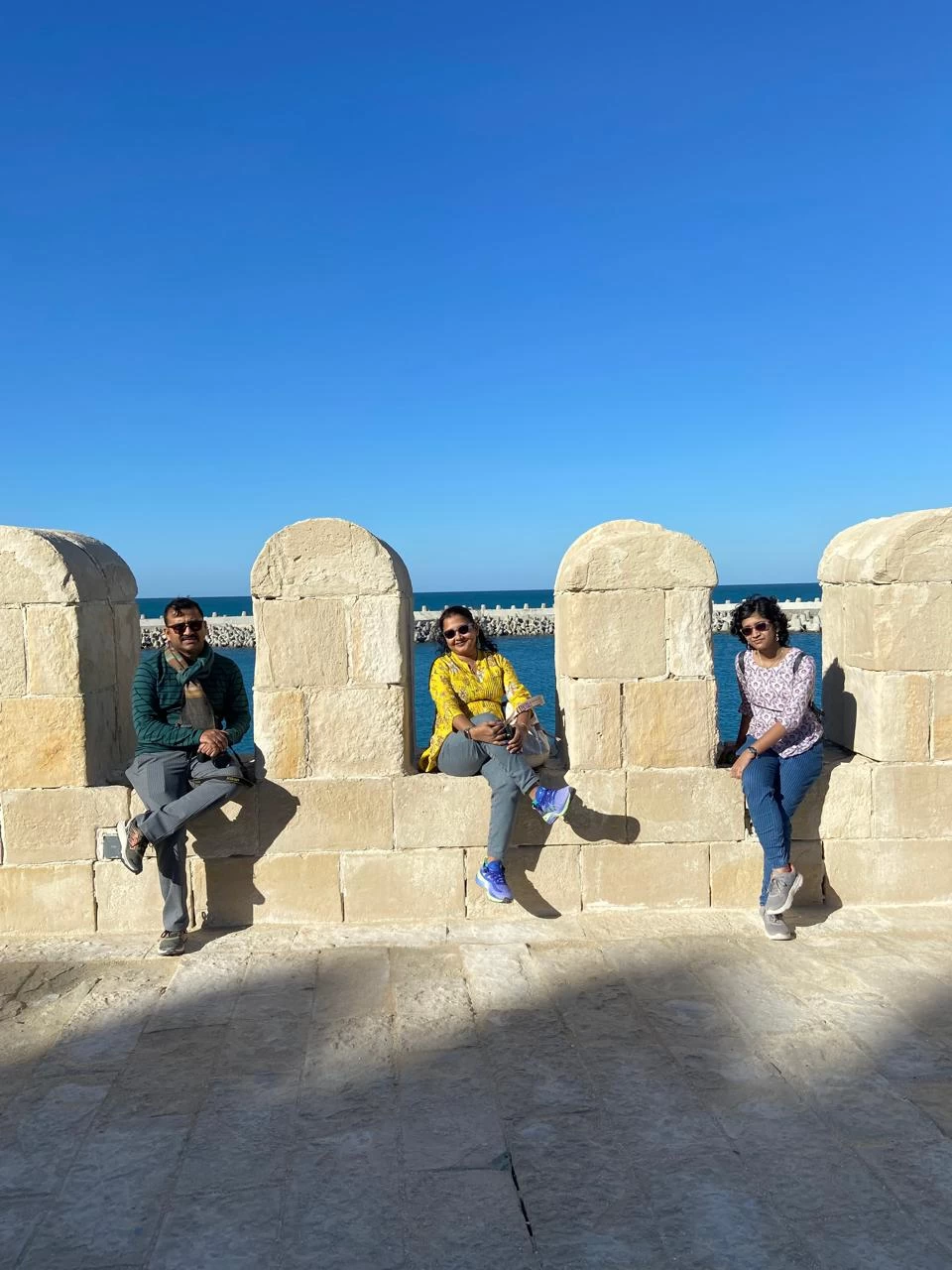
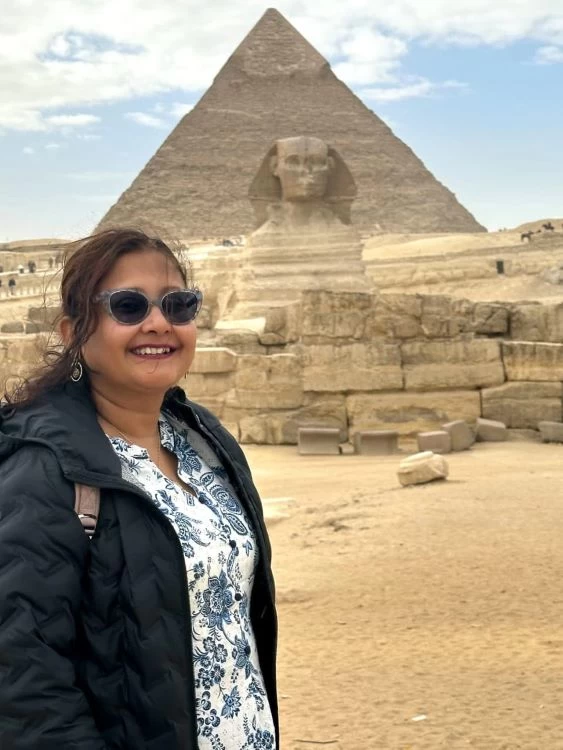
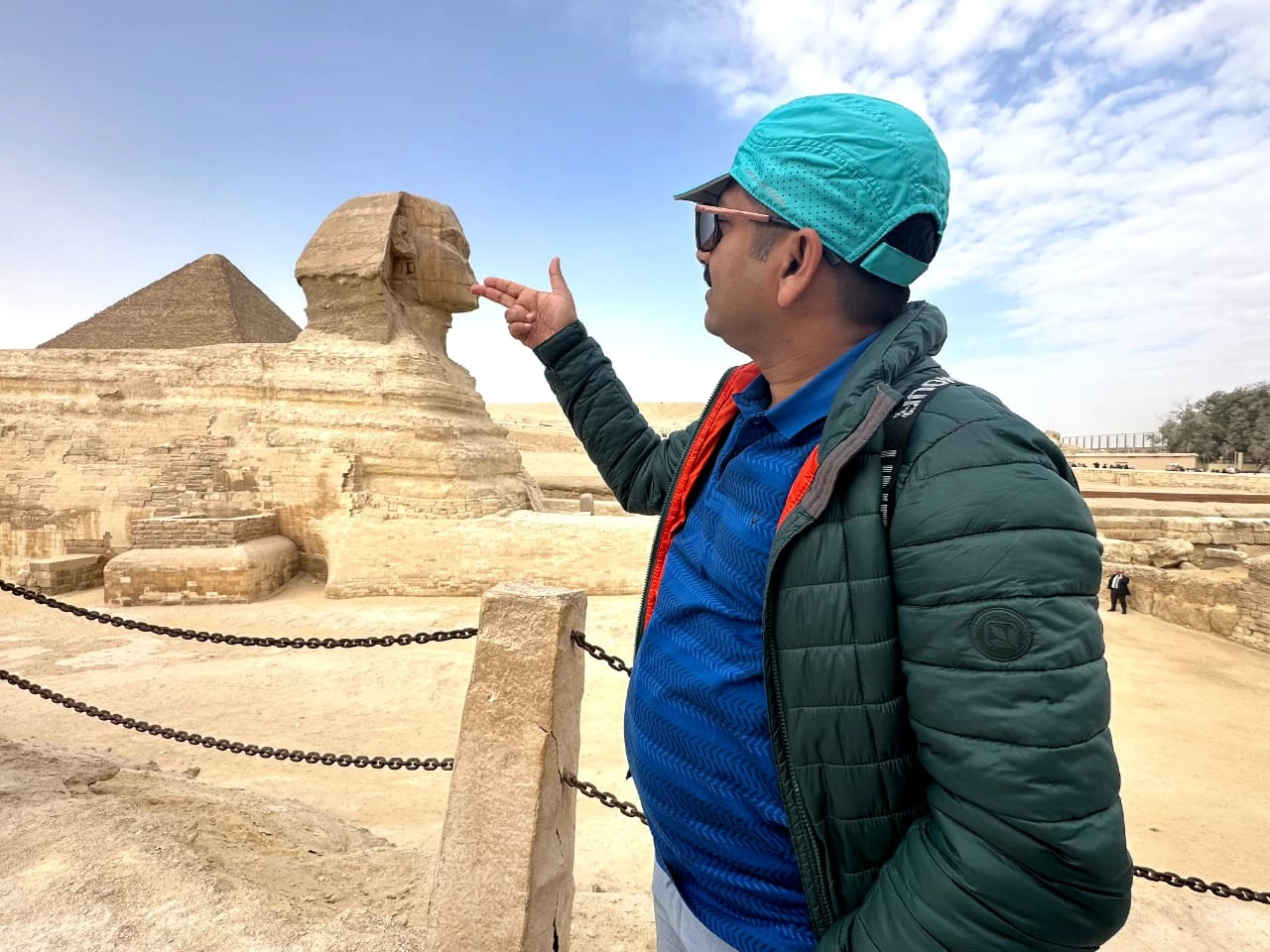
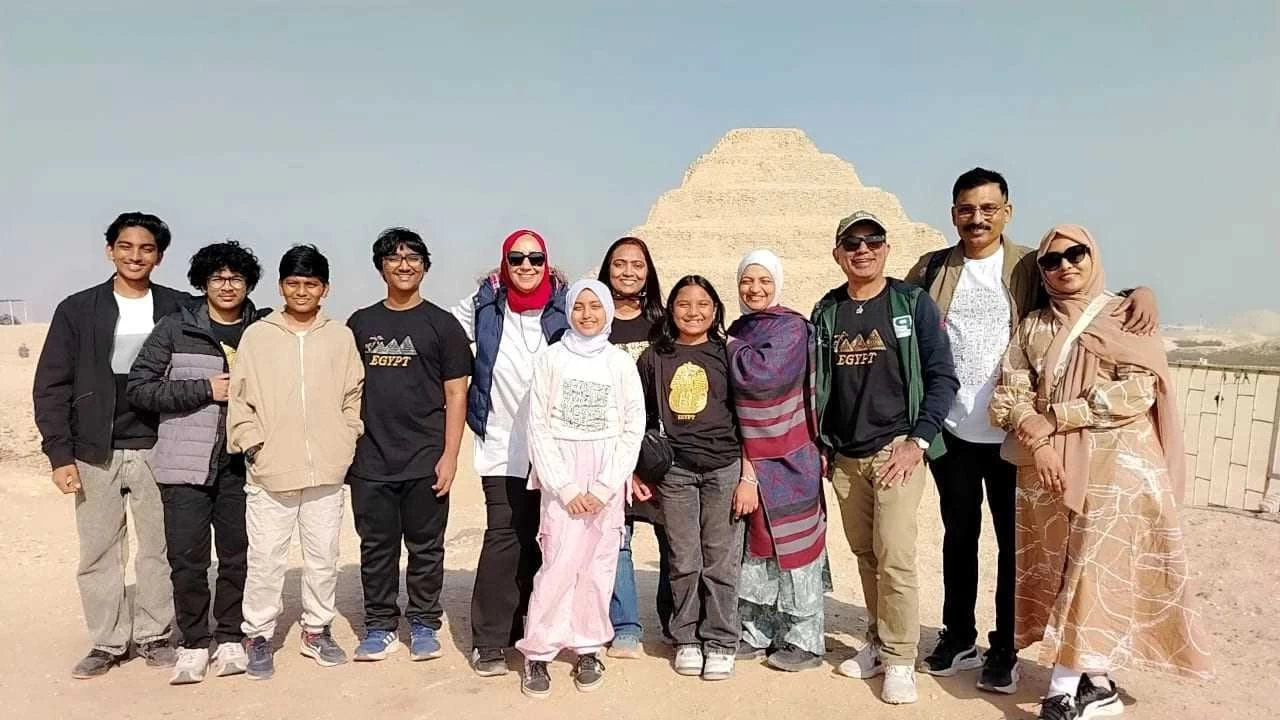
-webp.webp)
-webp.webp)
-webp.webp)
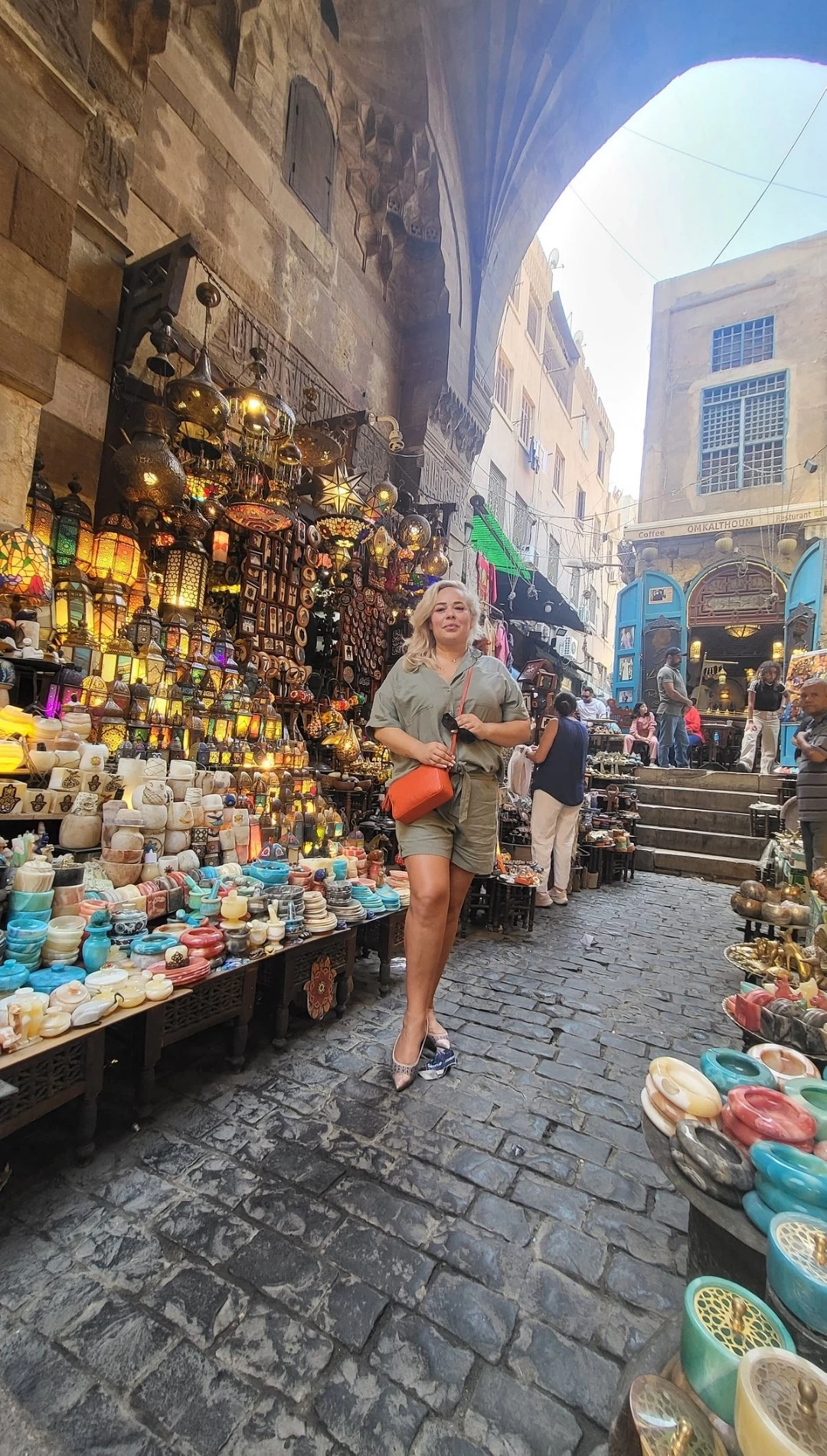
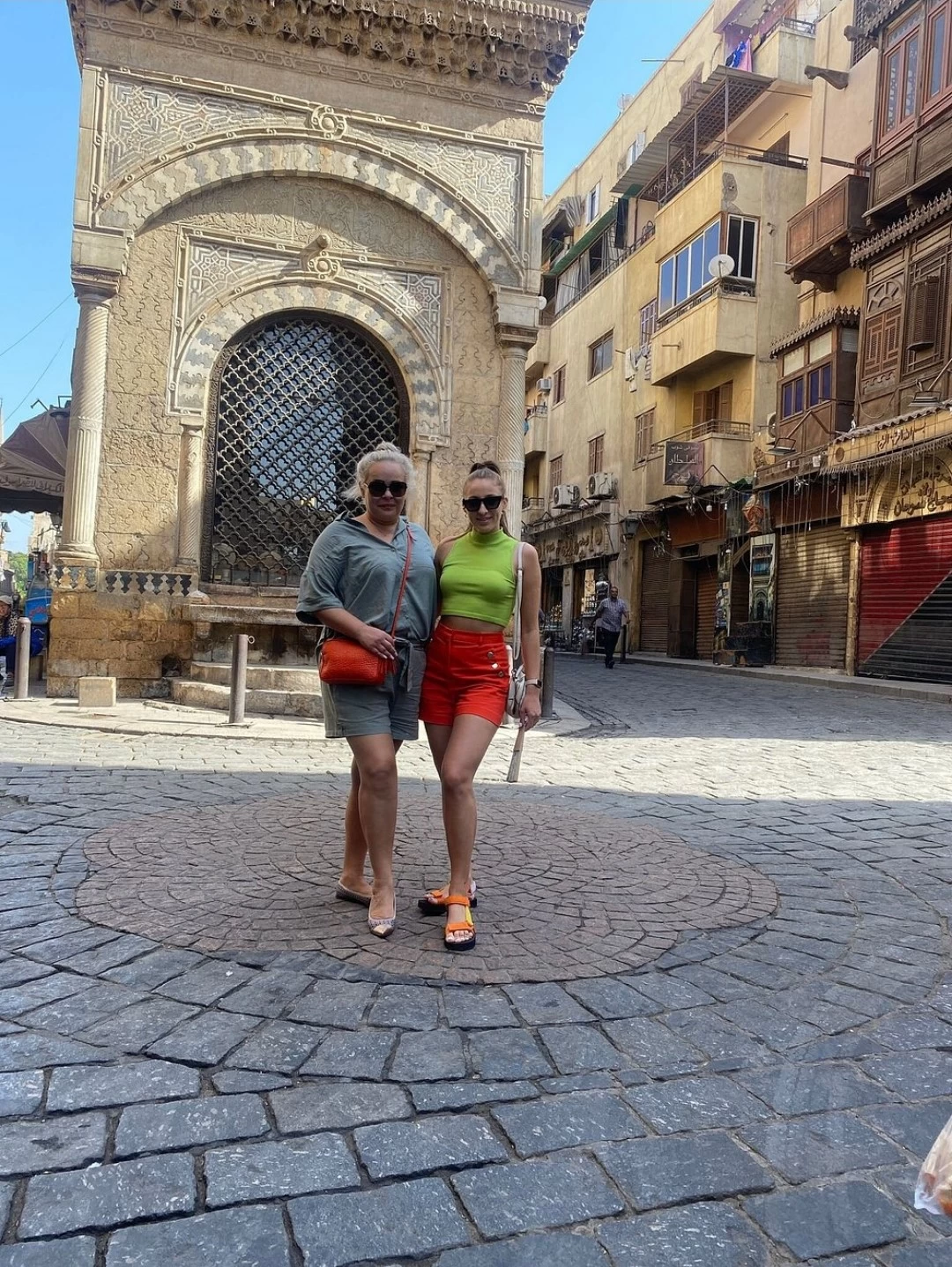

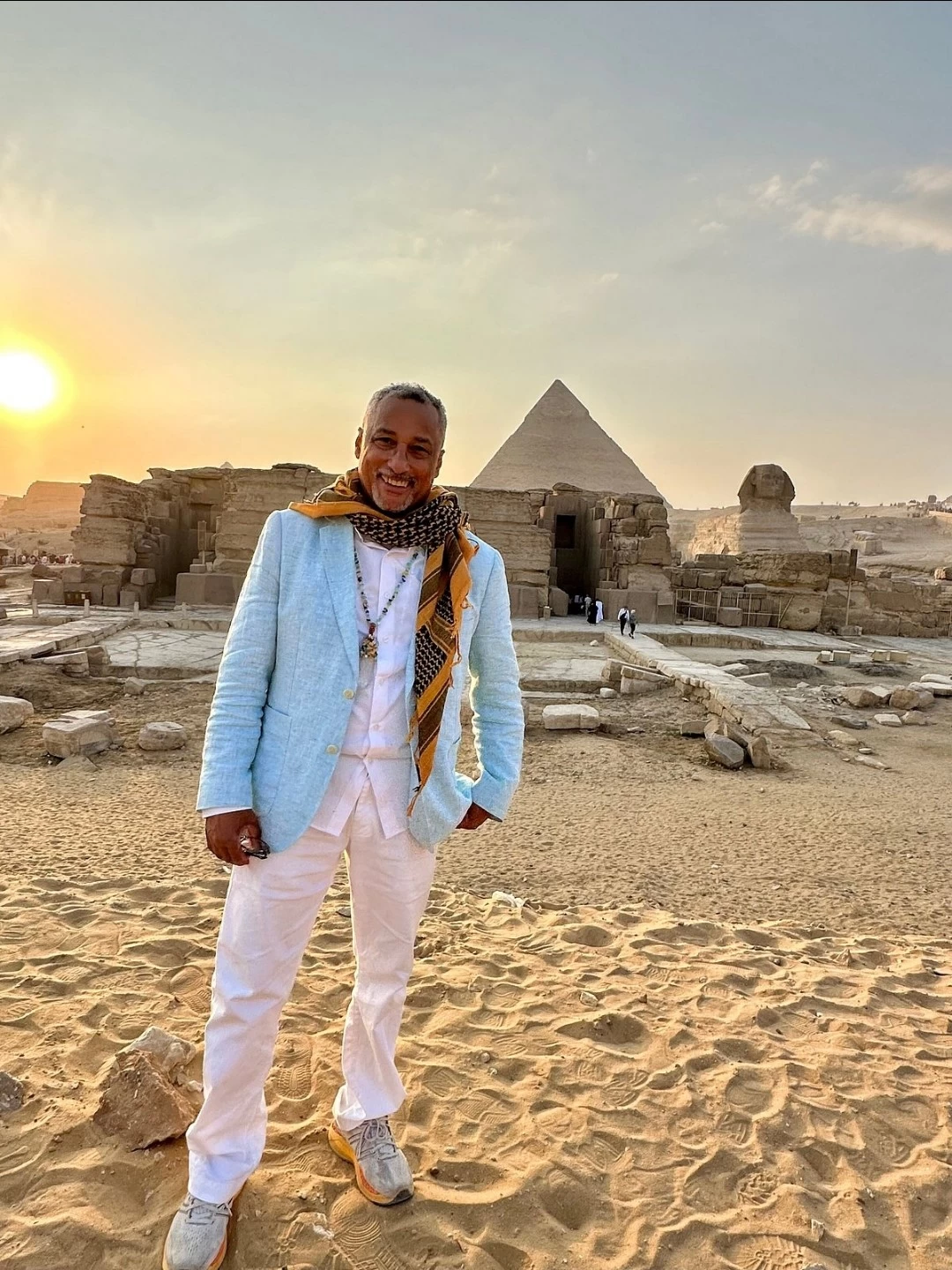
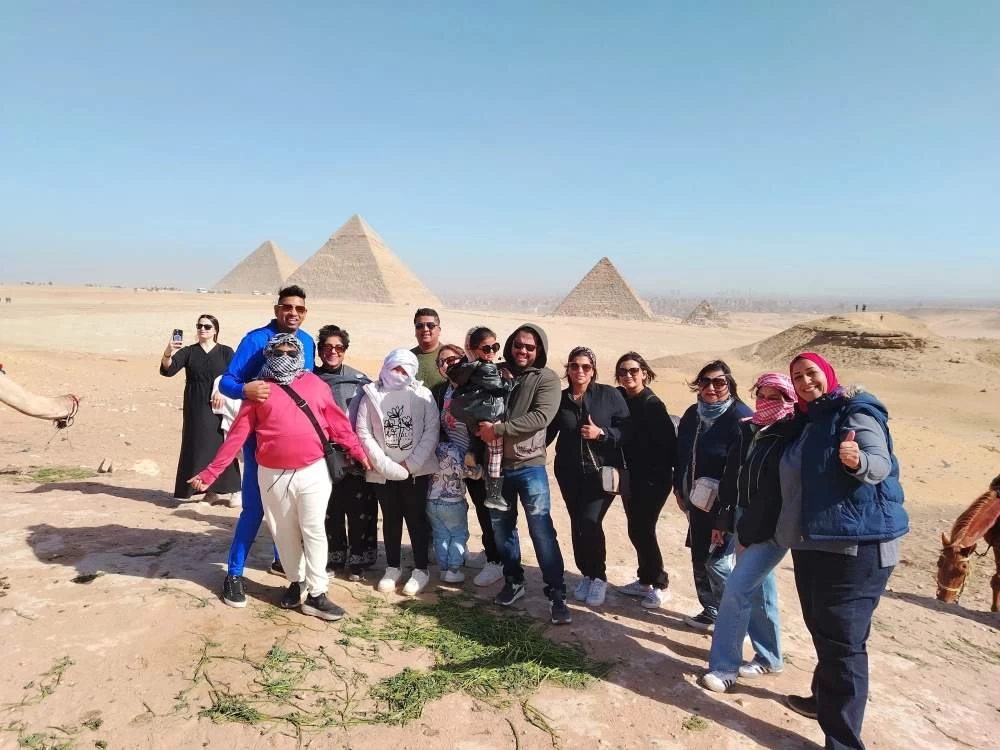
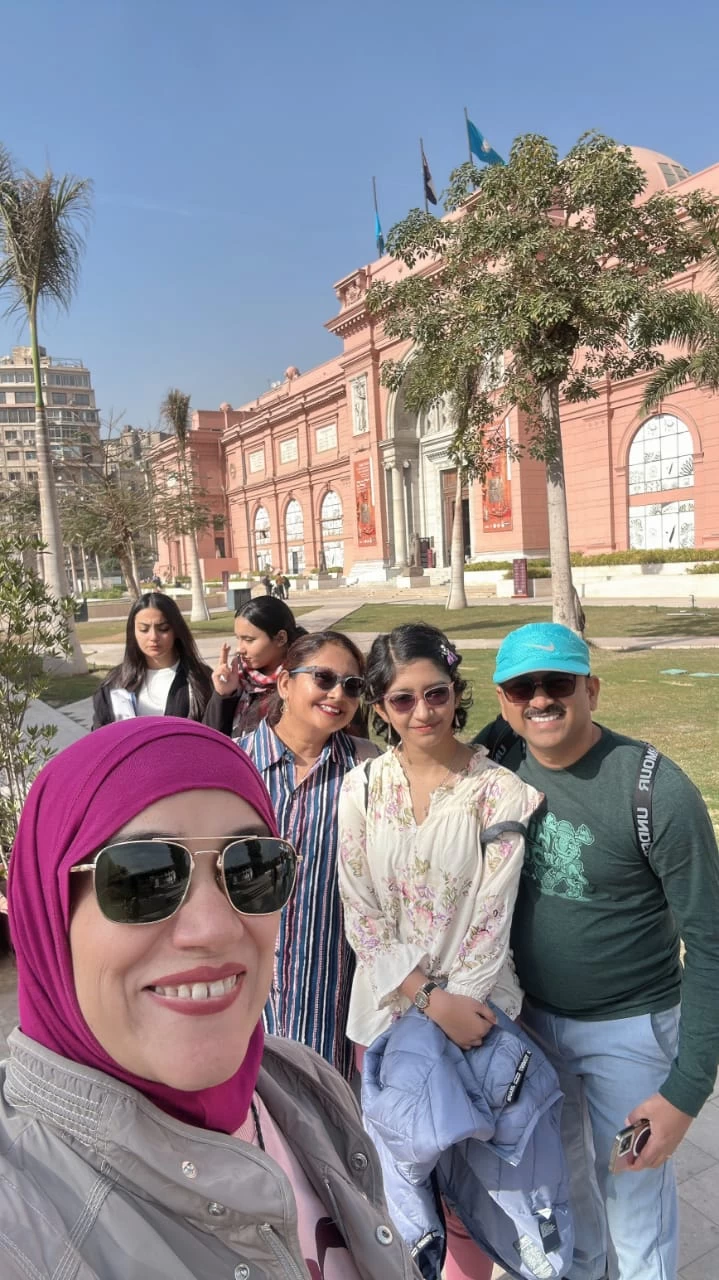
-webp.webp)
-webp.webp)
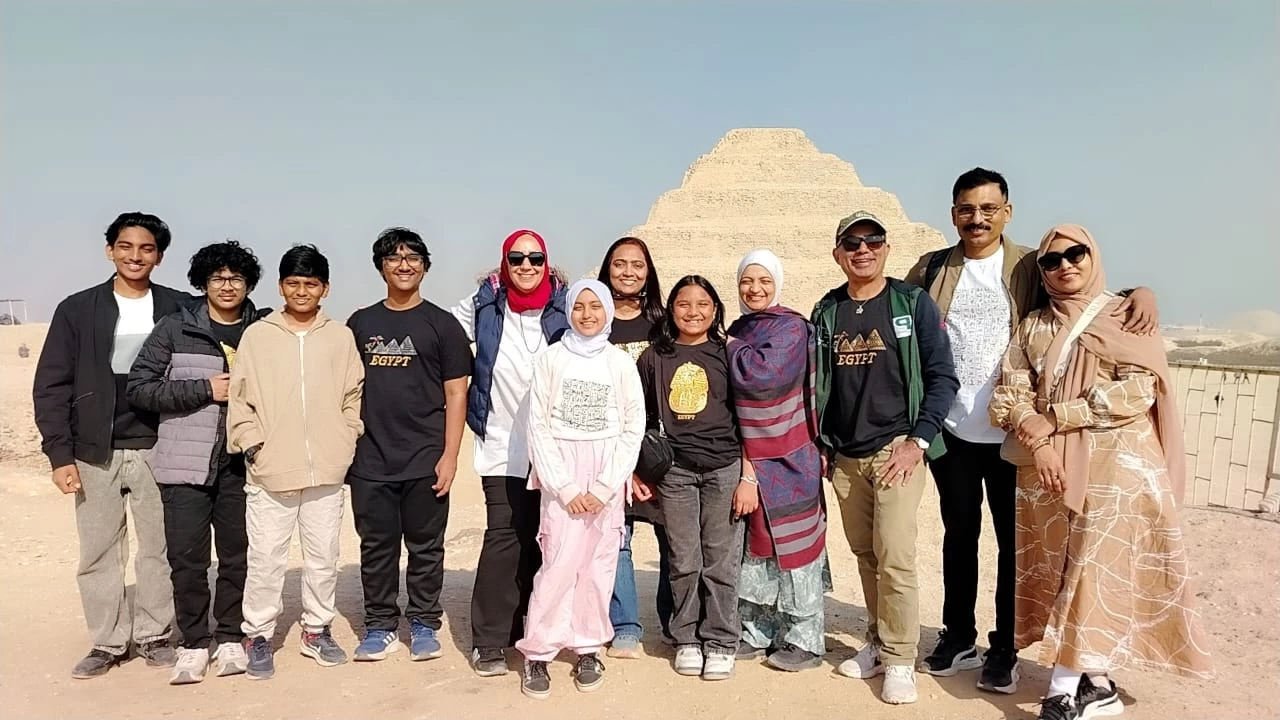
-webp.webp)
-webp.webp)
-webp.webp)
-webp.webp)
-webp.webp)
-webp.webp)
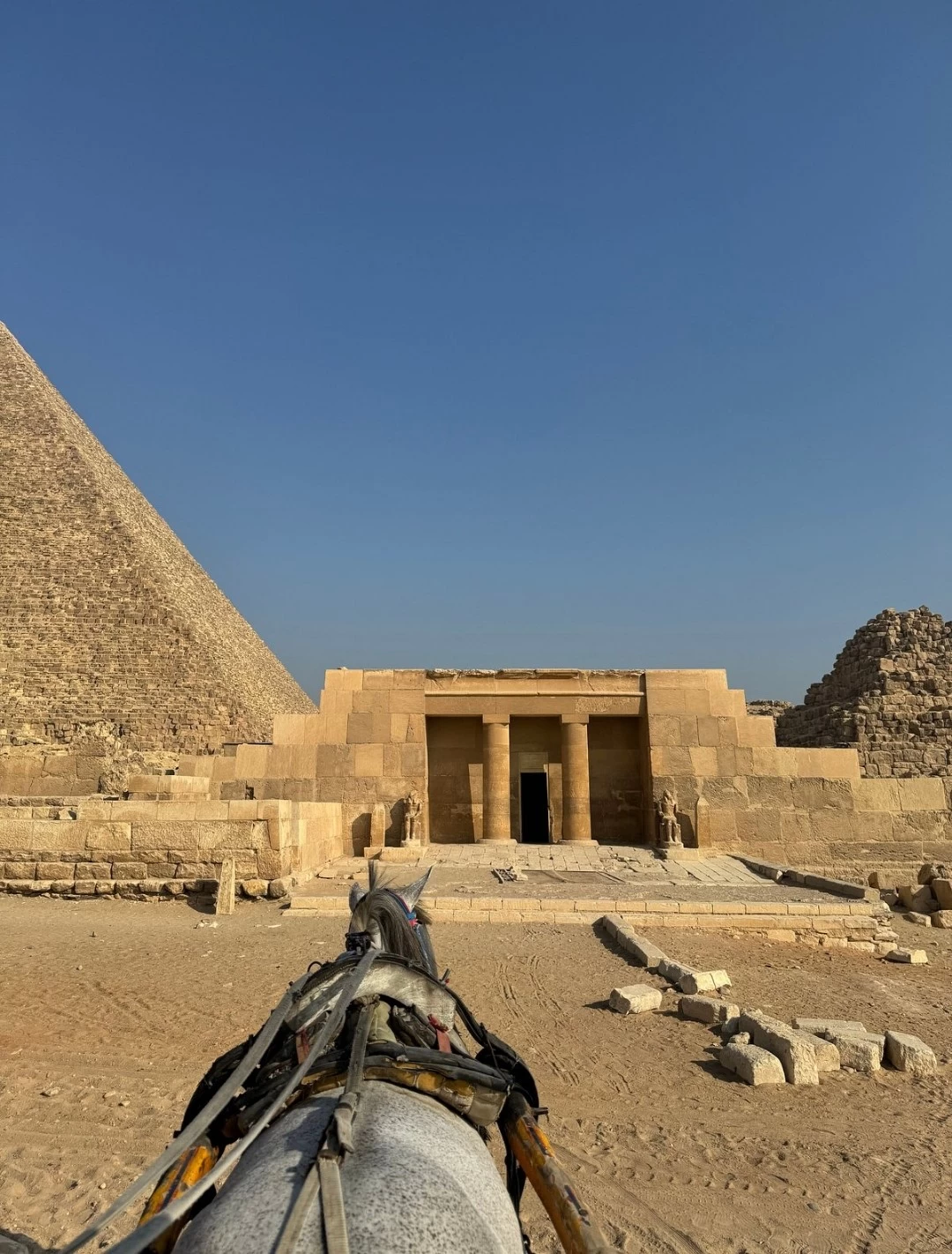
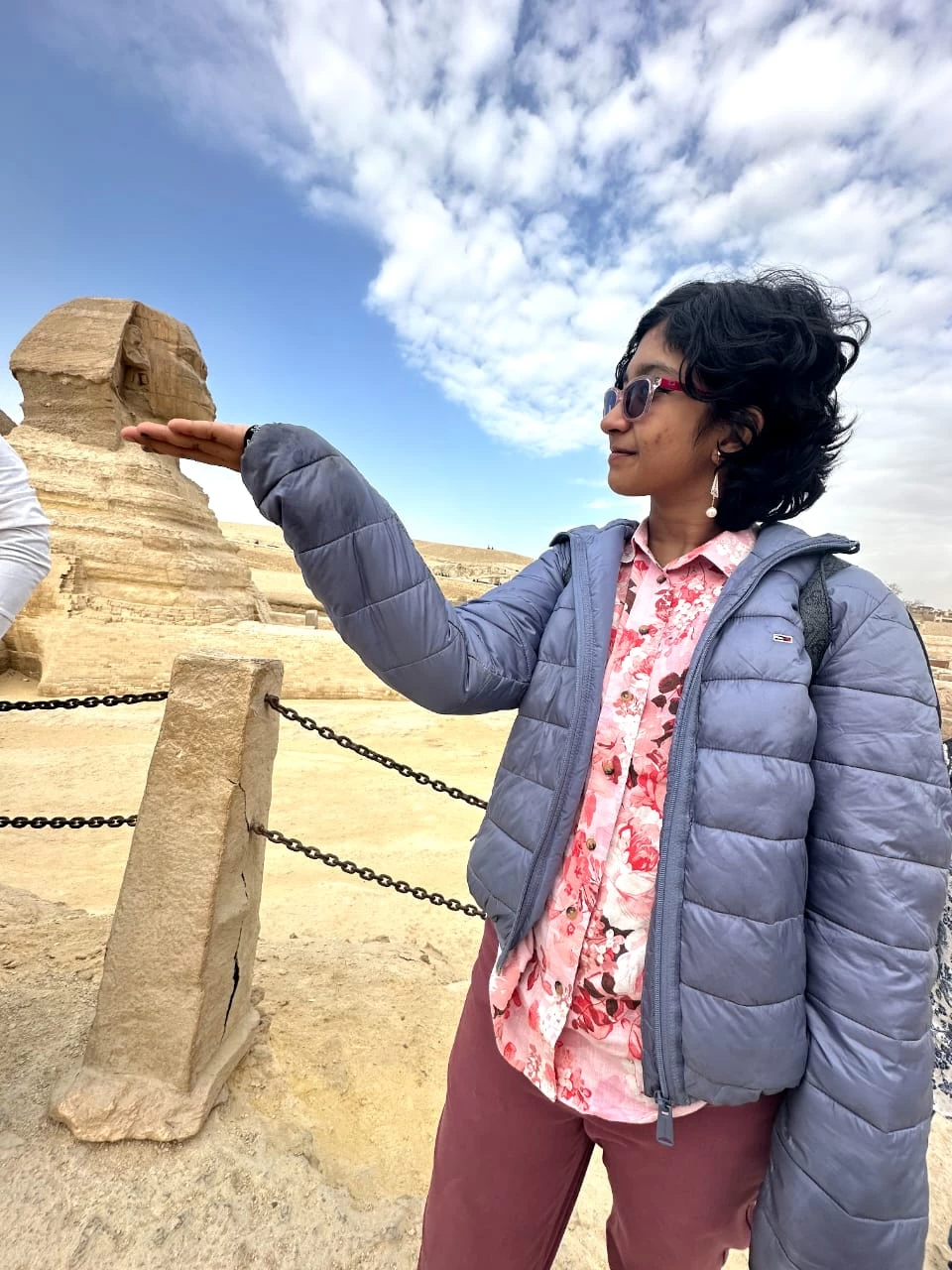
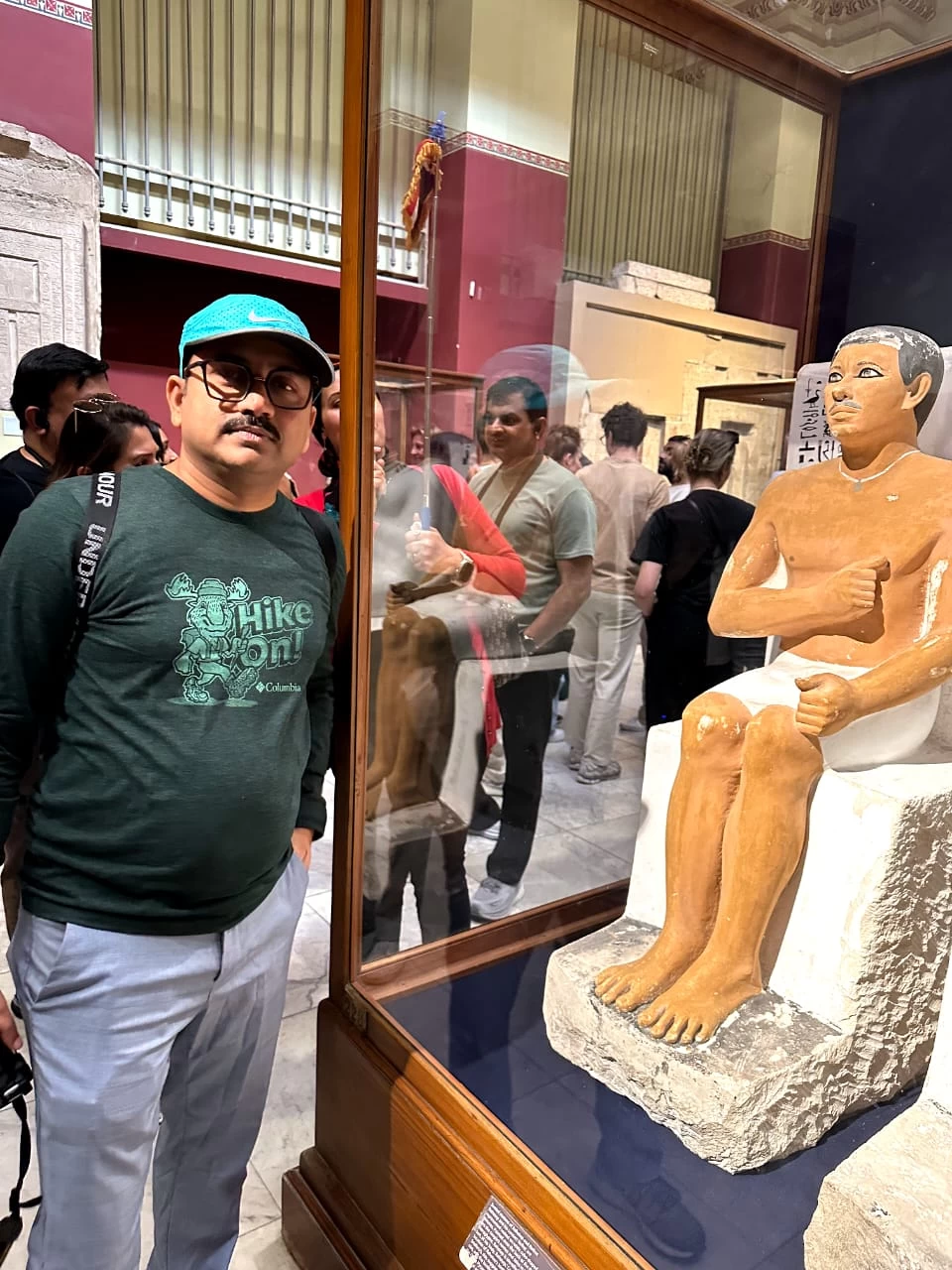
-webp.webp)
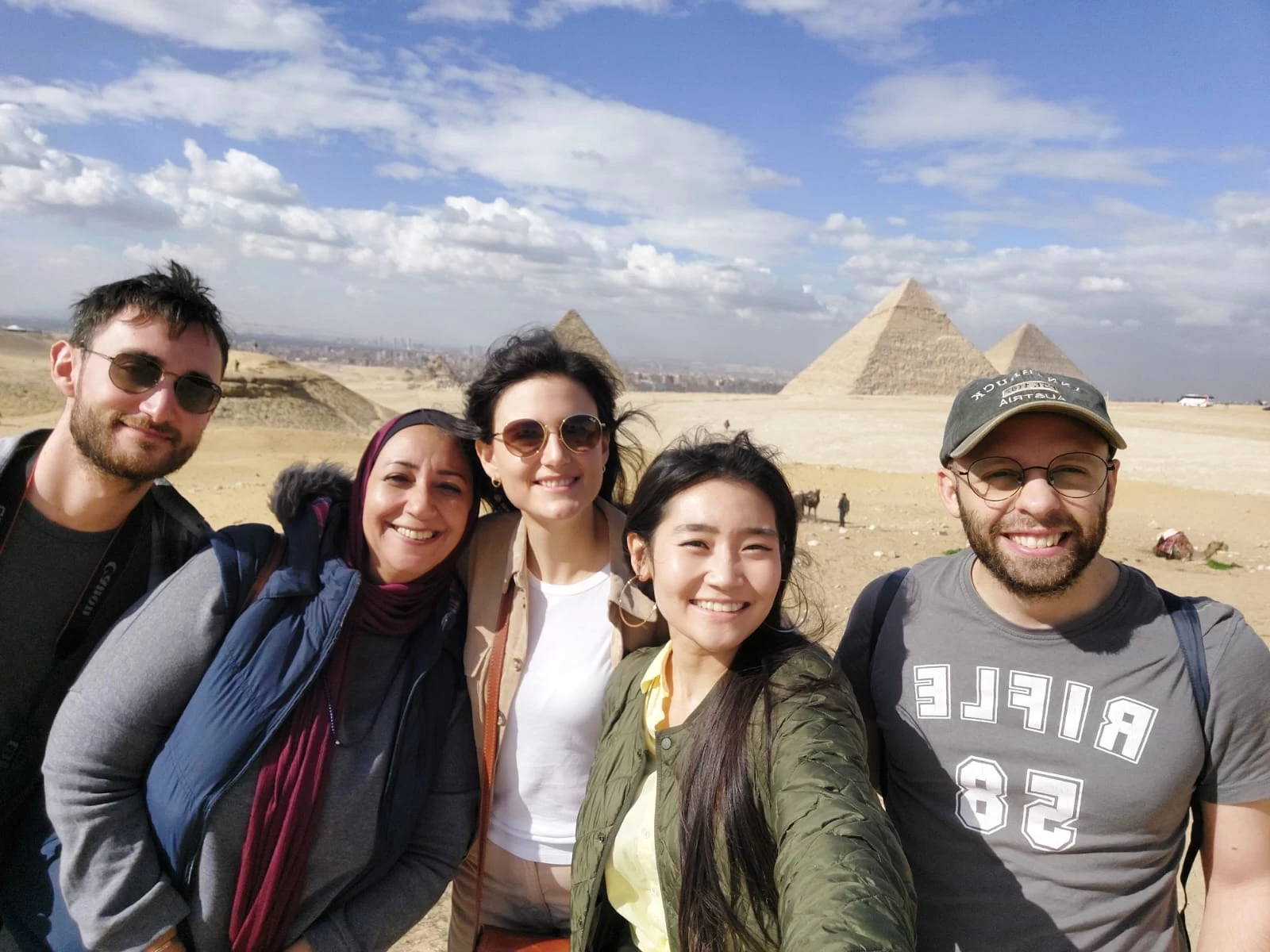
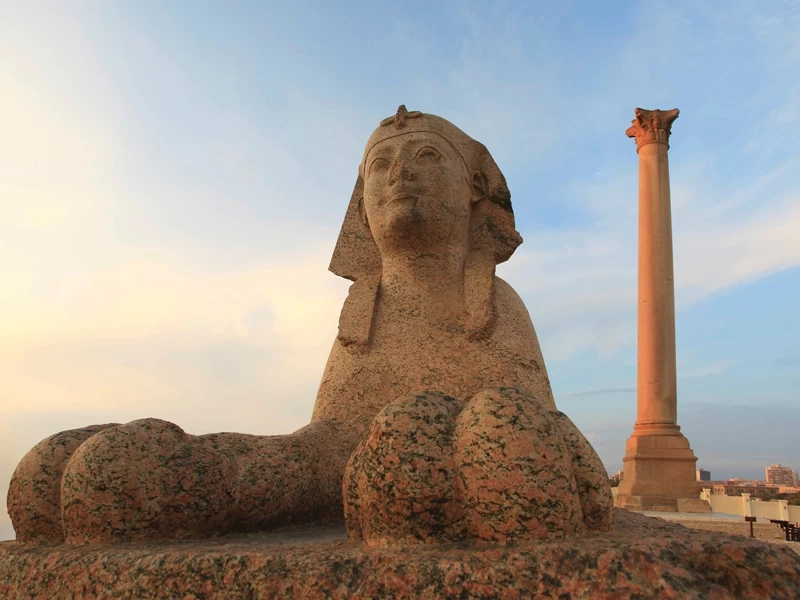
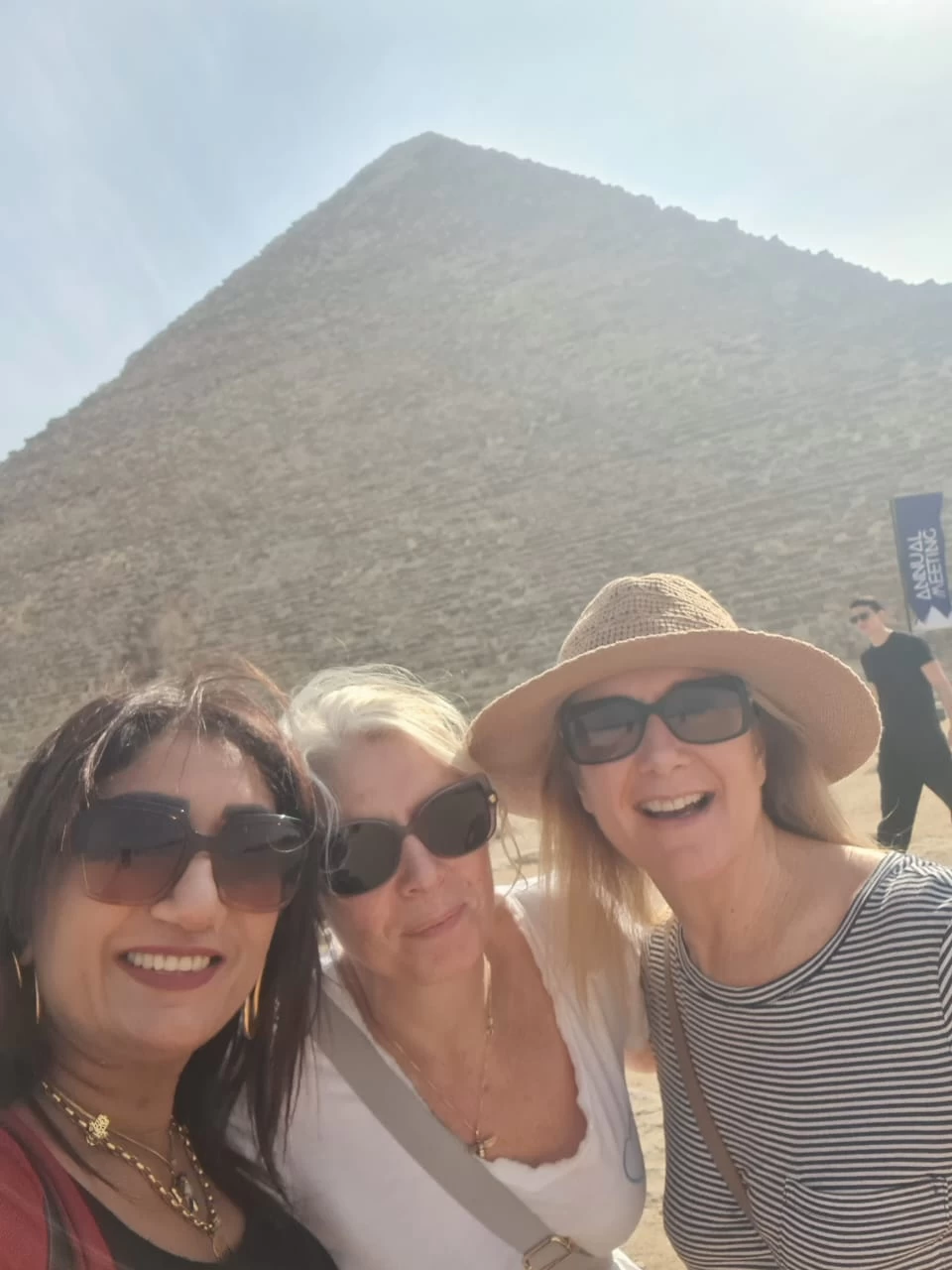


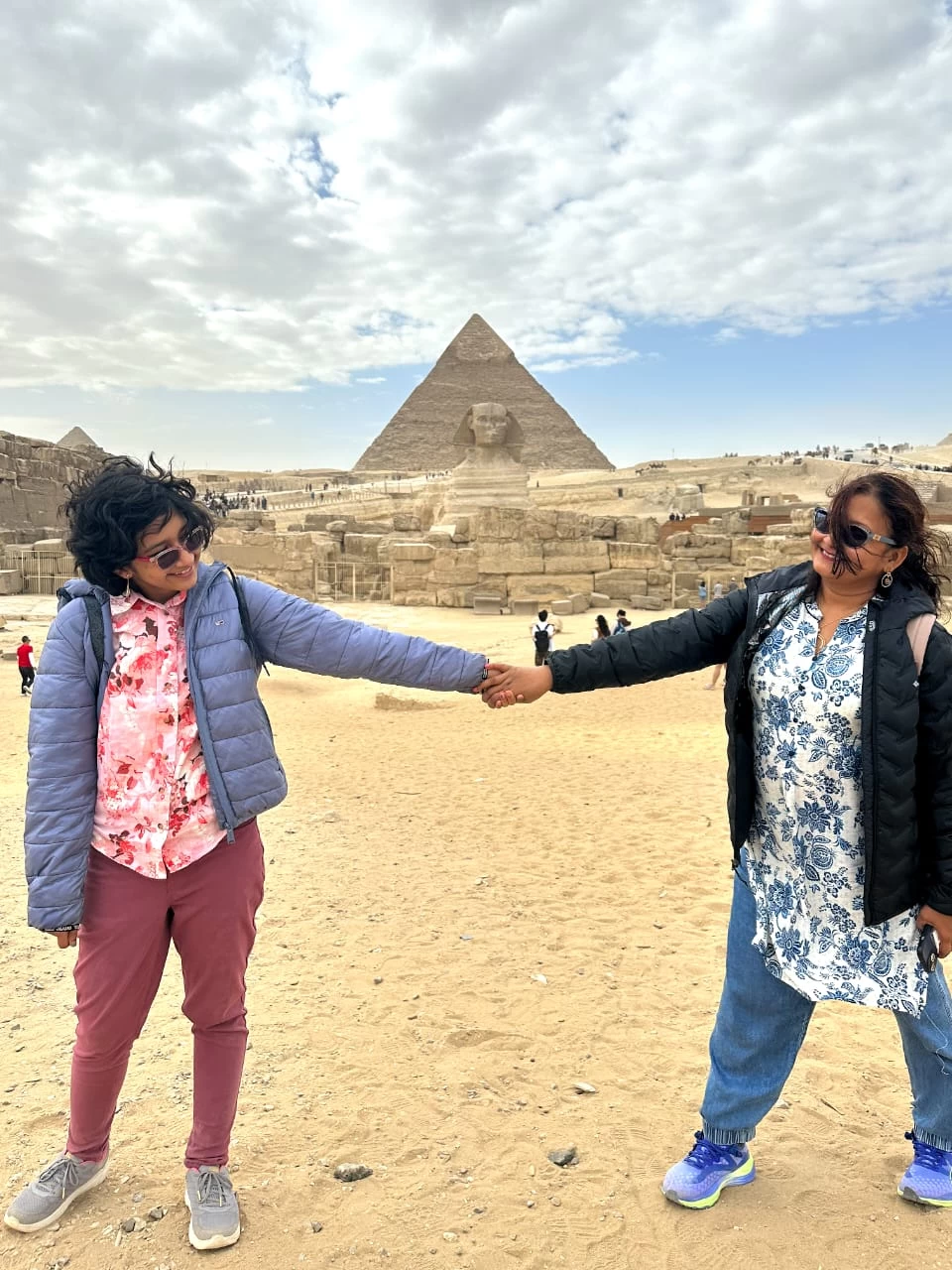
-webp.webp)
-webp.webp)







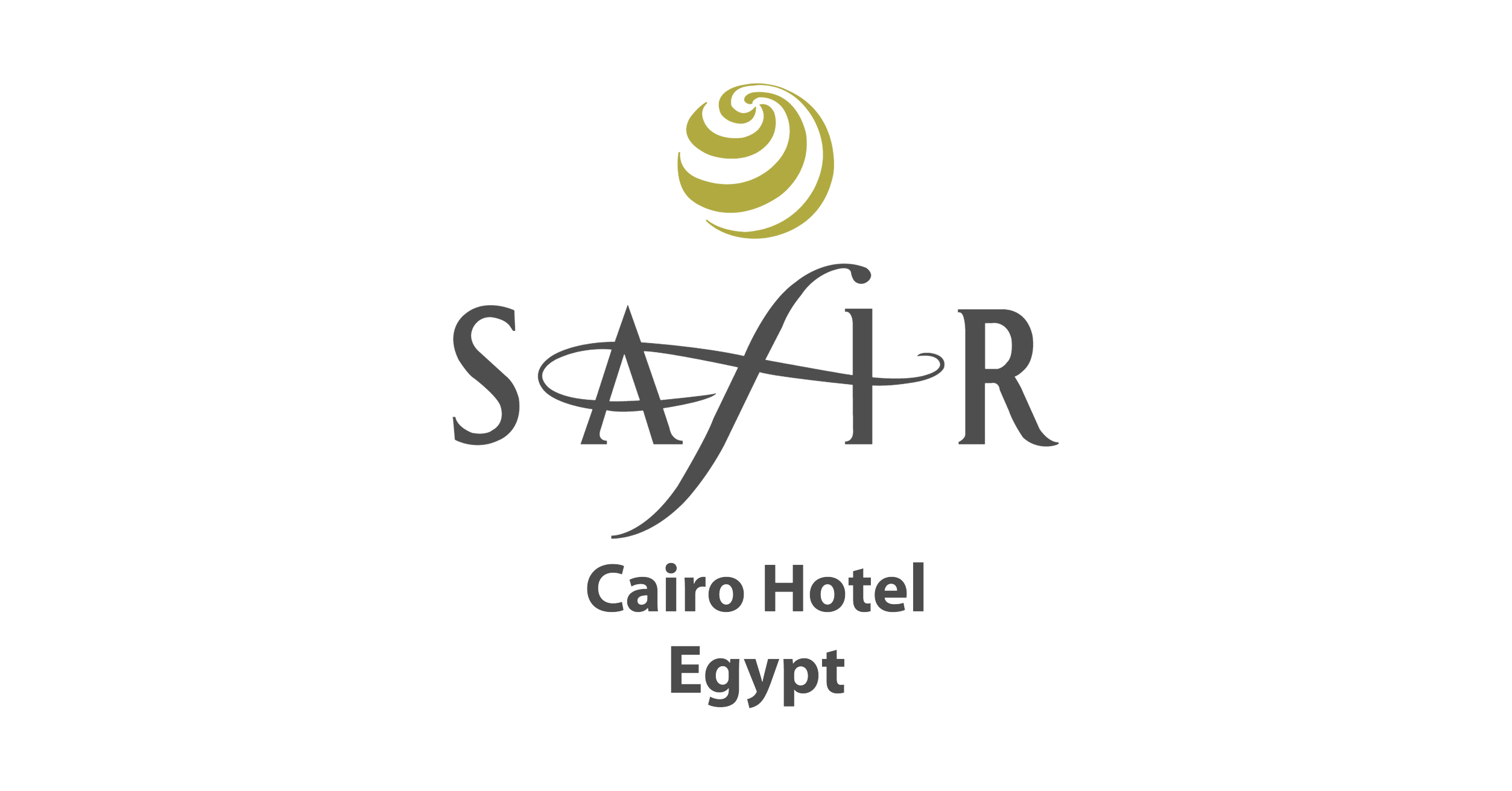


.png)

